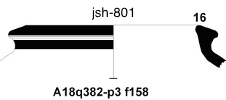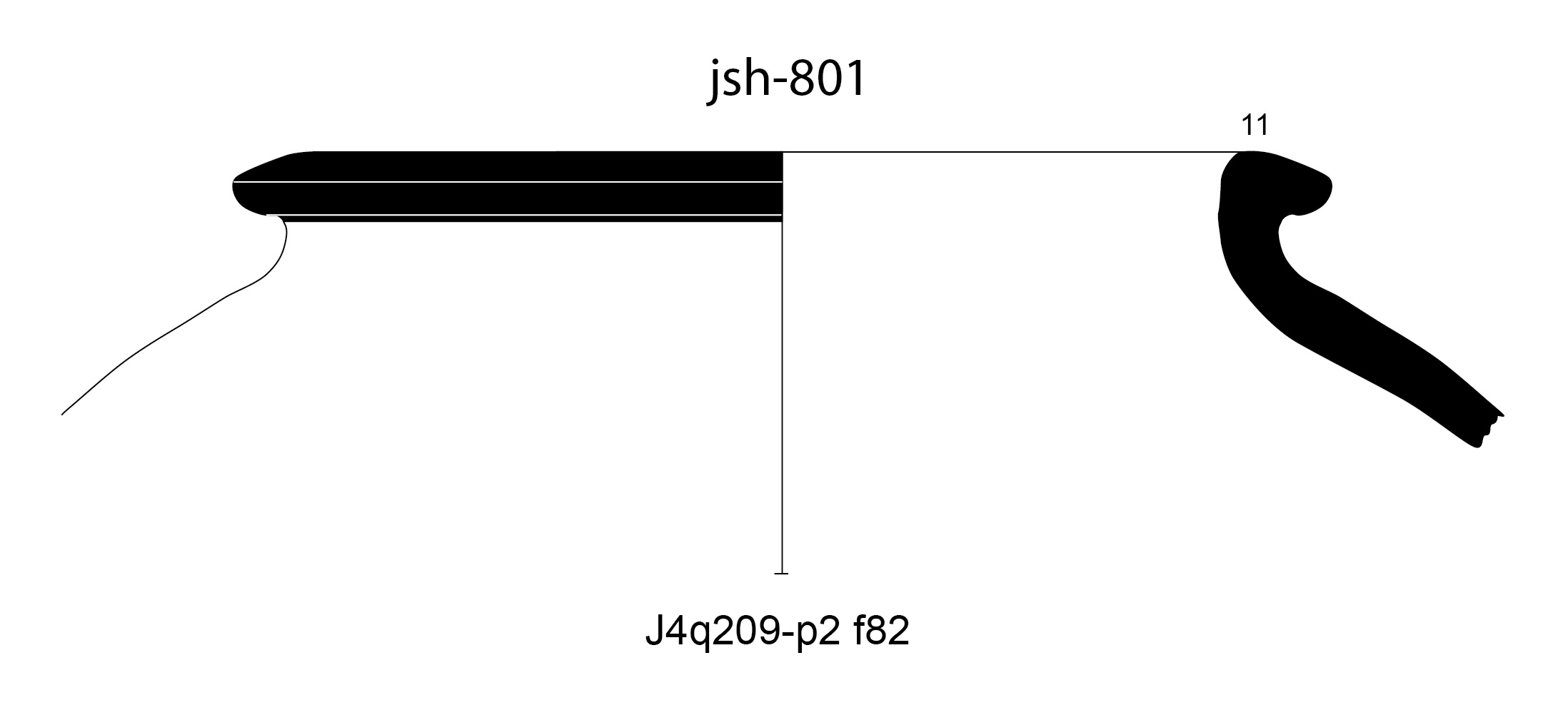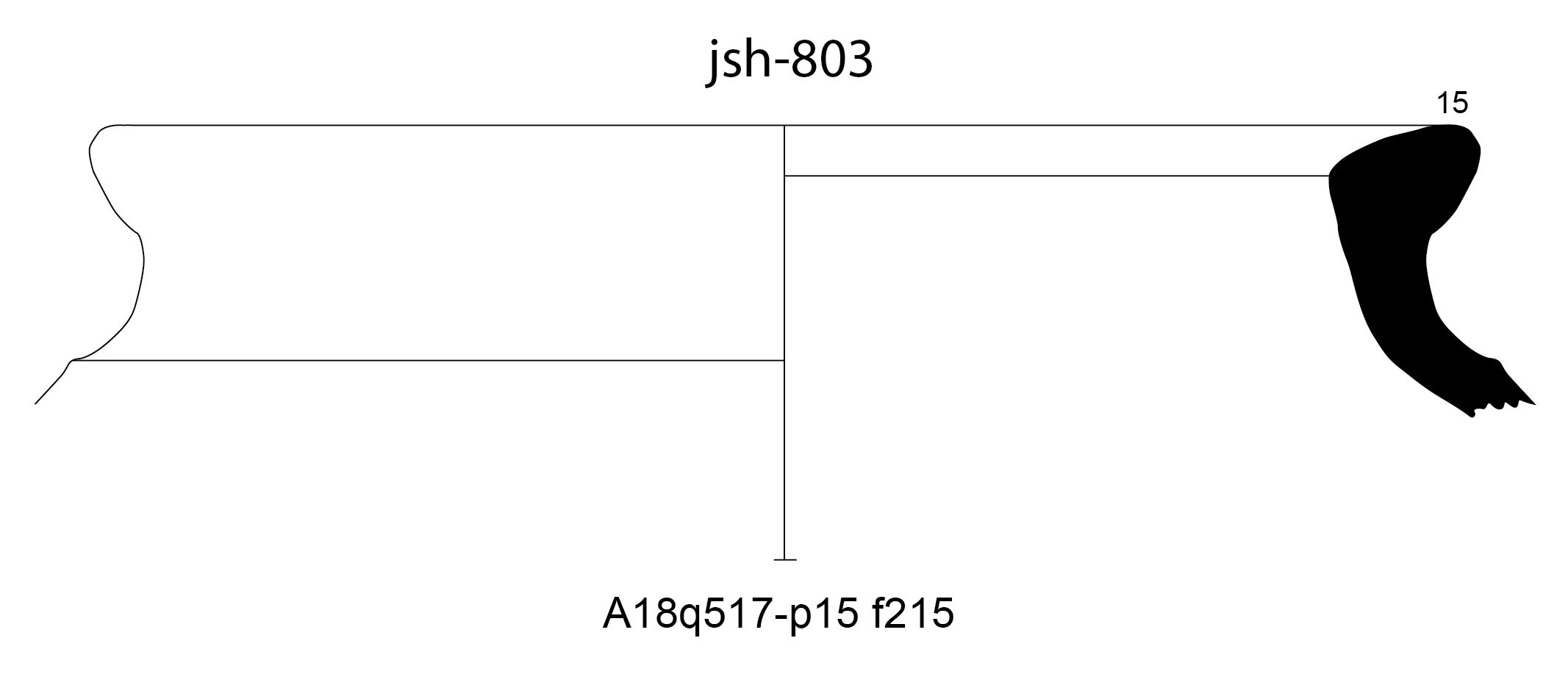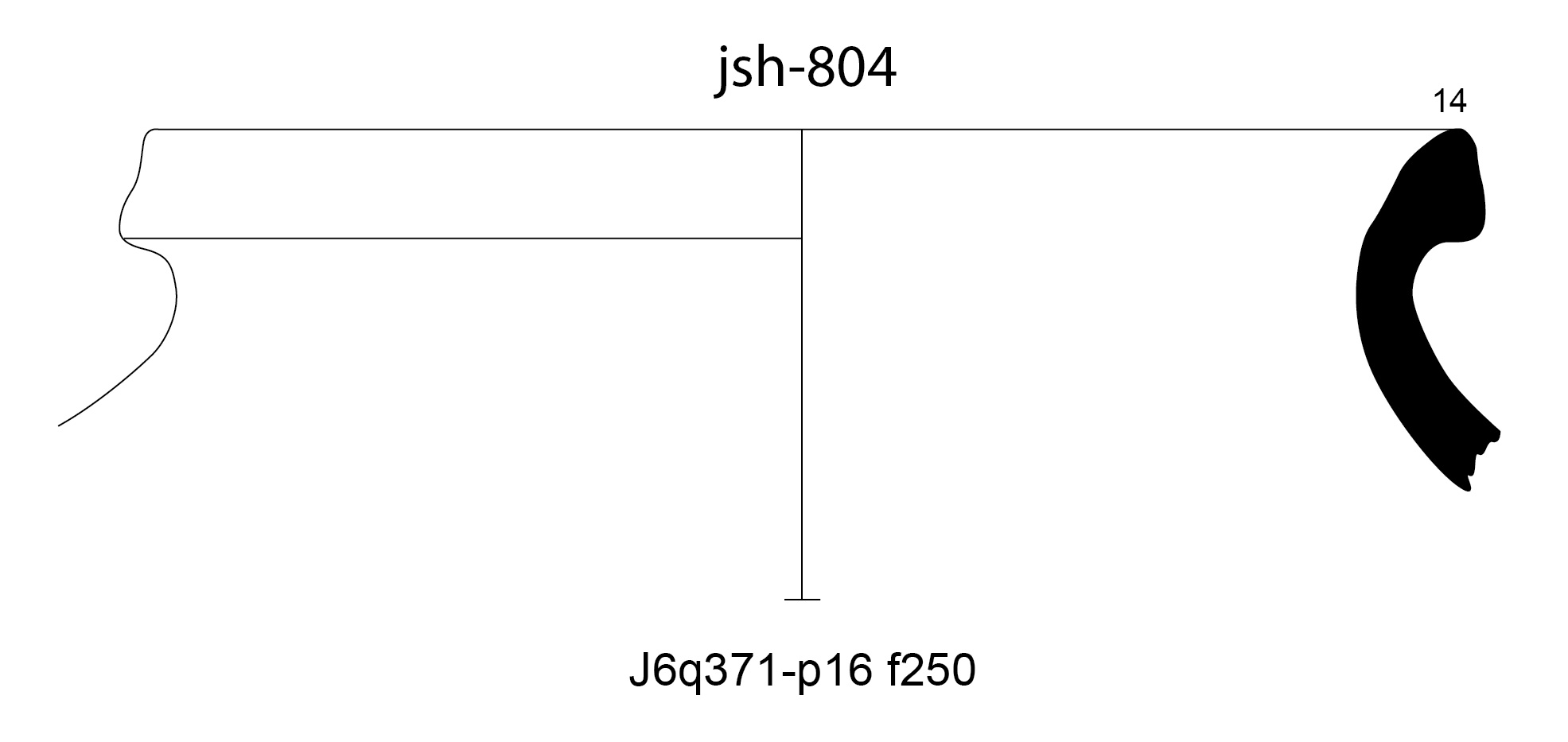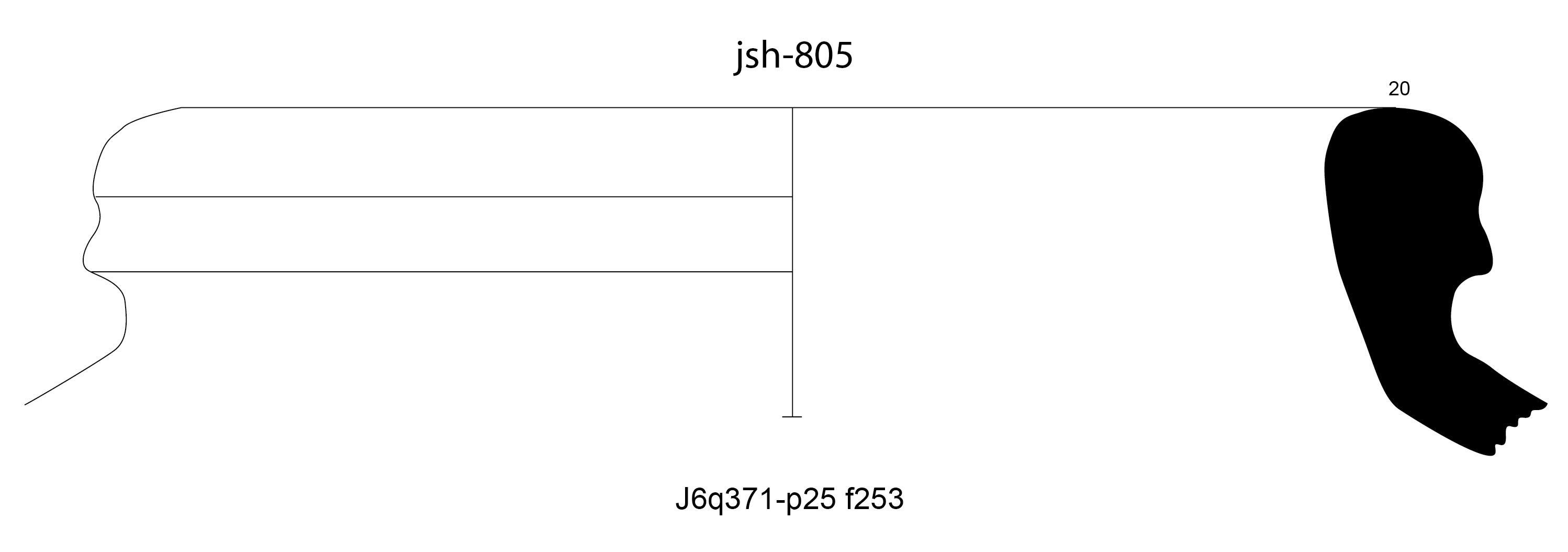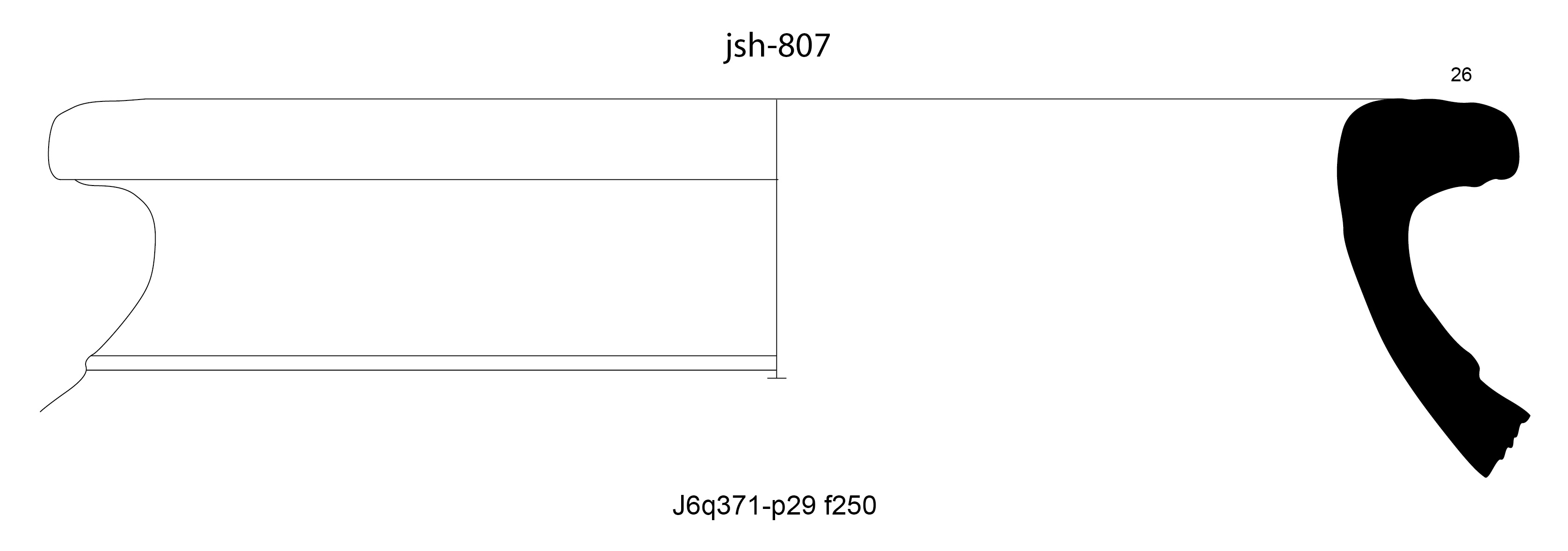Back to top: Jars
Brief Overview
The definition of what is a jar is the same for all units and all time periods in the UGR. See here for further details. The excavated Mittani period ceramics are much more numerous than the corpus we have excavated for either the Khabur or the Middle Assyrian periods. Many of the contexts are associated with the Plaza situated in front of the temple terrace. Since the ceramic corpus for the Mittani period is larger we can see more variations in shapes and these are illustrated in the catalog of shapes dated to this period. See for instance the hole mouth jar “jh.-801” with five variations illustrated here.
Necked jars, so prevalent in the Khabur period, are less frequent now with hole mouth and shouldered jars becoming more common. A few jar shapes have handles from the rim to the body. Some of these were classified as pitchers for Khabur period when they had similar handles. When we do not have the body shape in the Mittani period they have been classified as jars. Other jars can have tab handles.
Mittani jars can have solid painted necks, painted rims with stripes on the upper body or running hatched triangles on the upper body. Incised or applied designs can decorate the necks occasionally.
Back to top: Jars
Hole Mouth Jars
| jh.-801 | 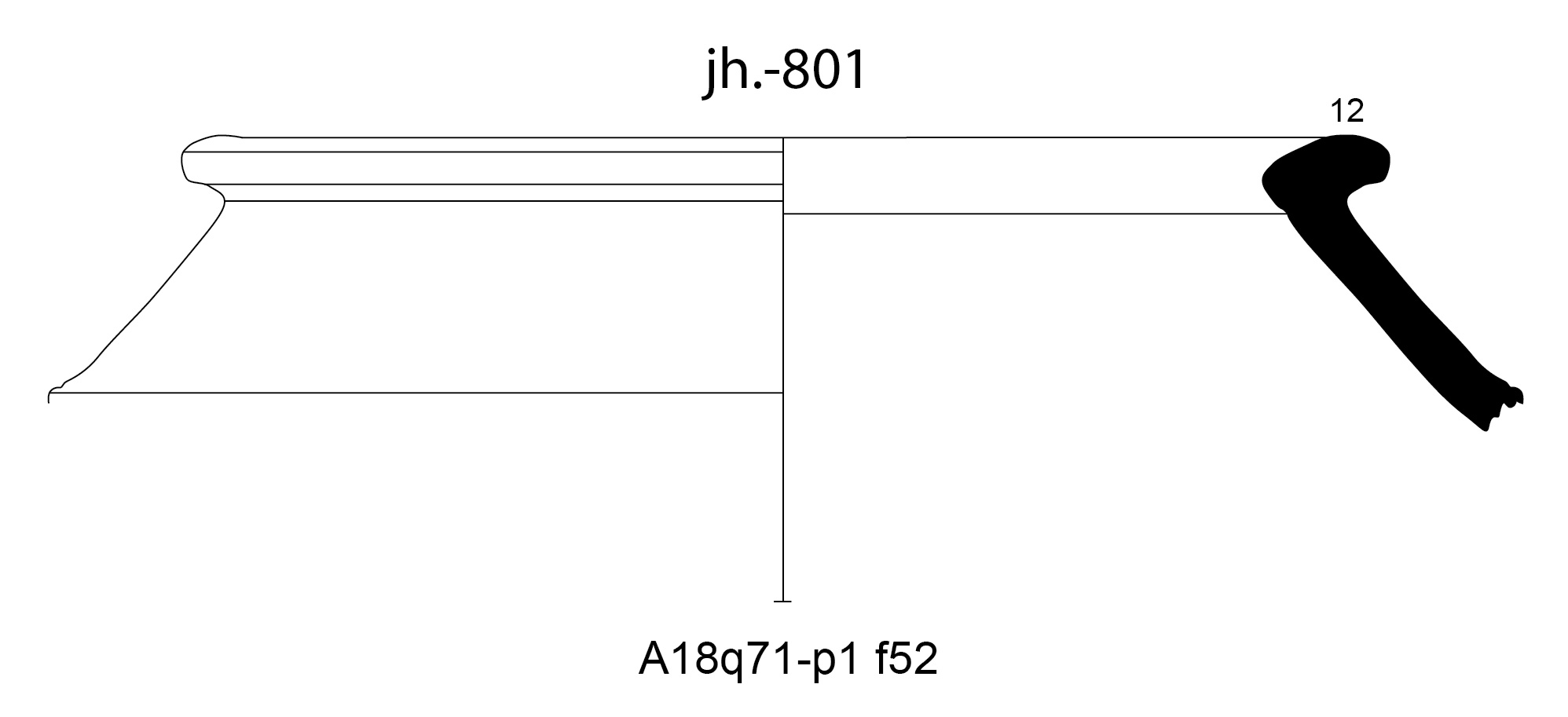
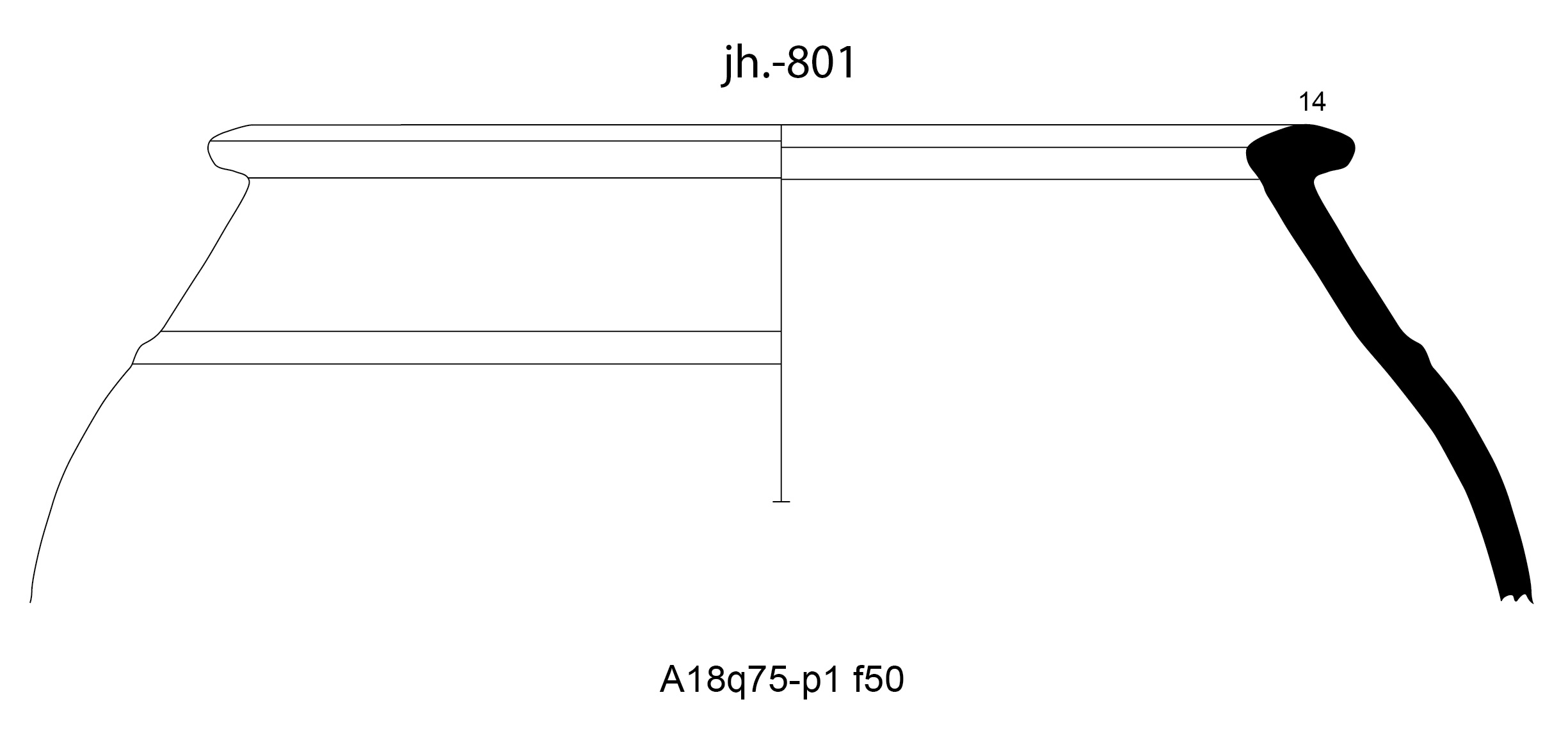
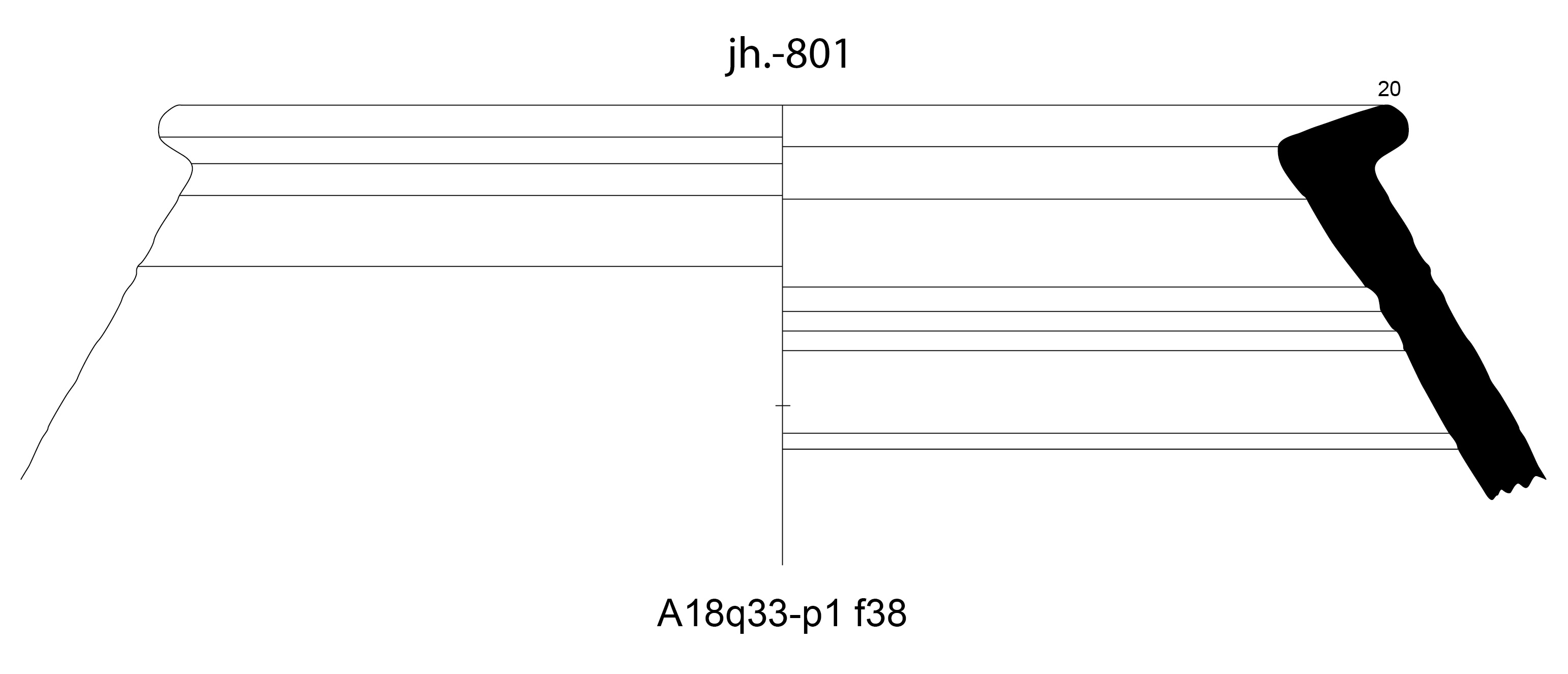

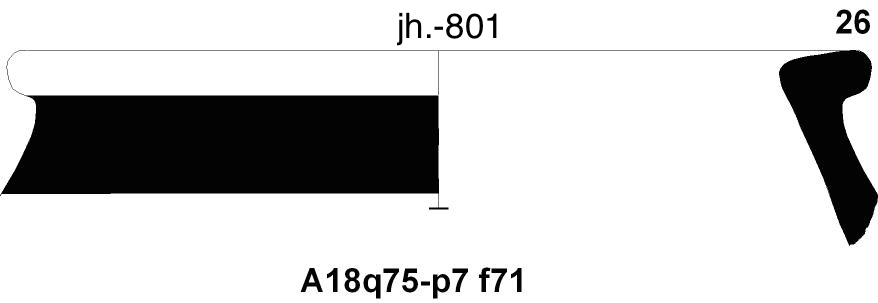
|
| jh.-802 | 
|
| jh.-803 | 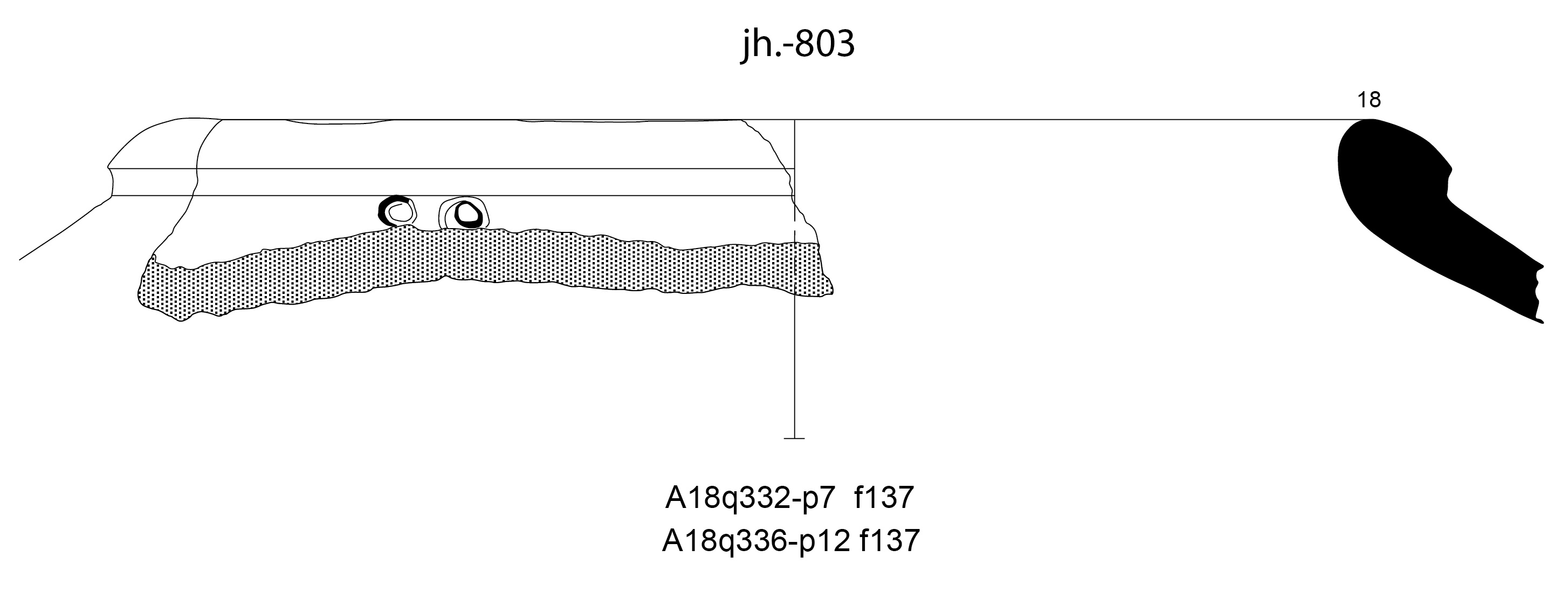
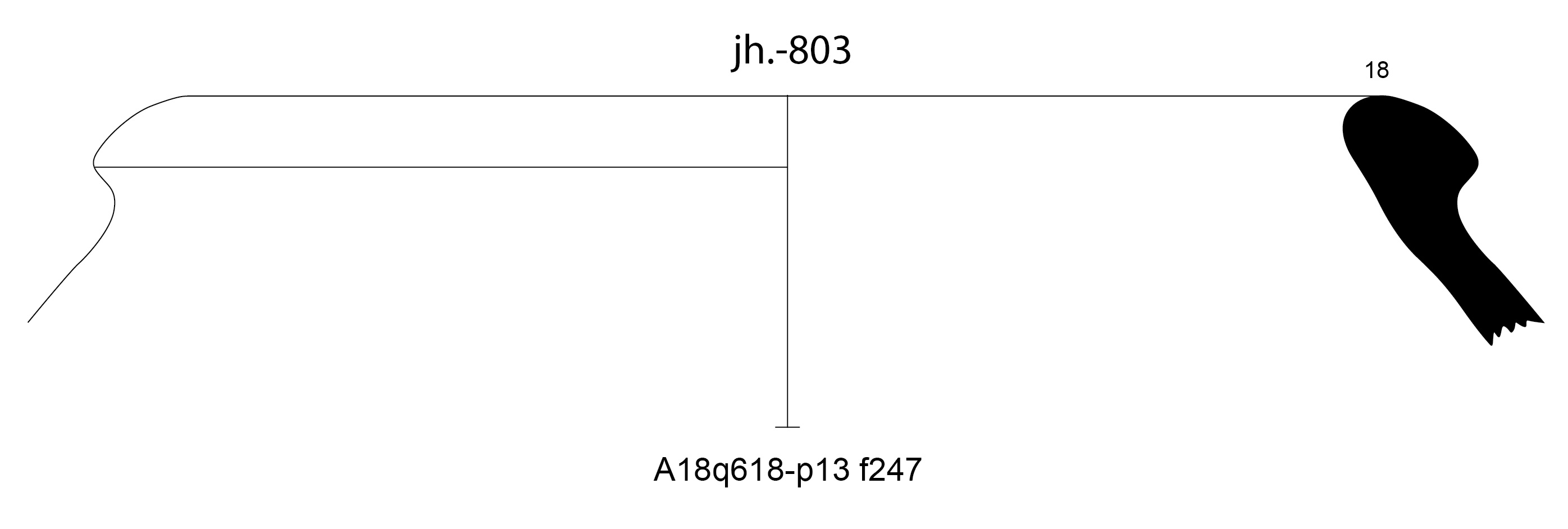

|
| jh.-804 | 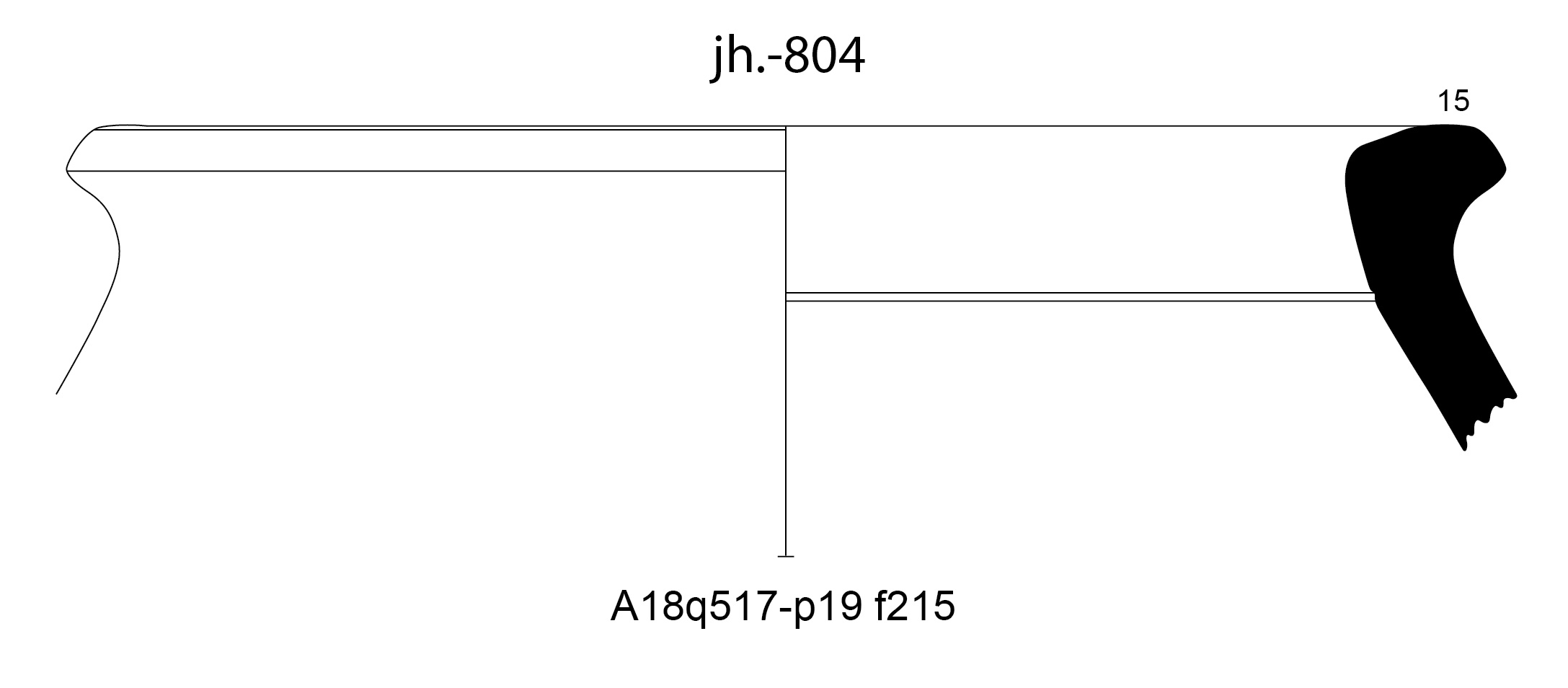
|
| jh.-805 | 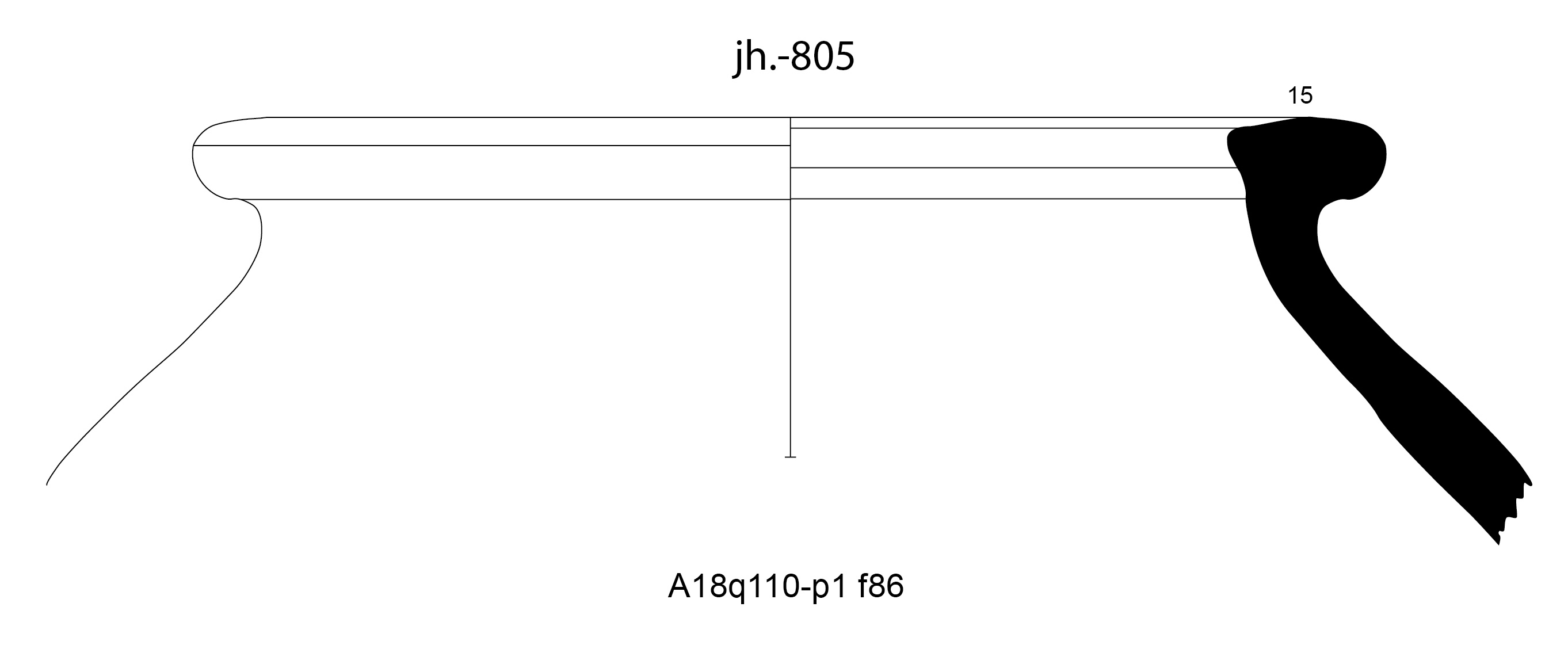
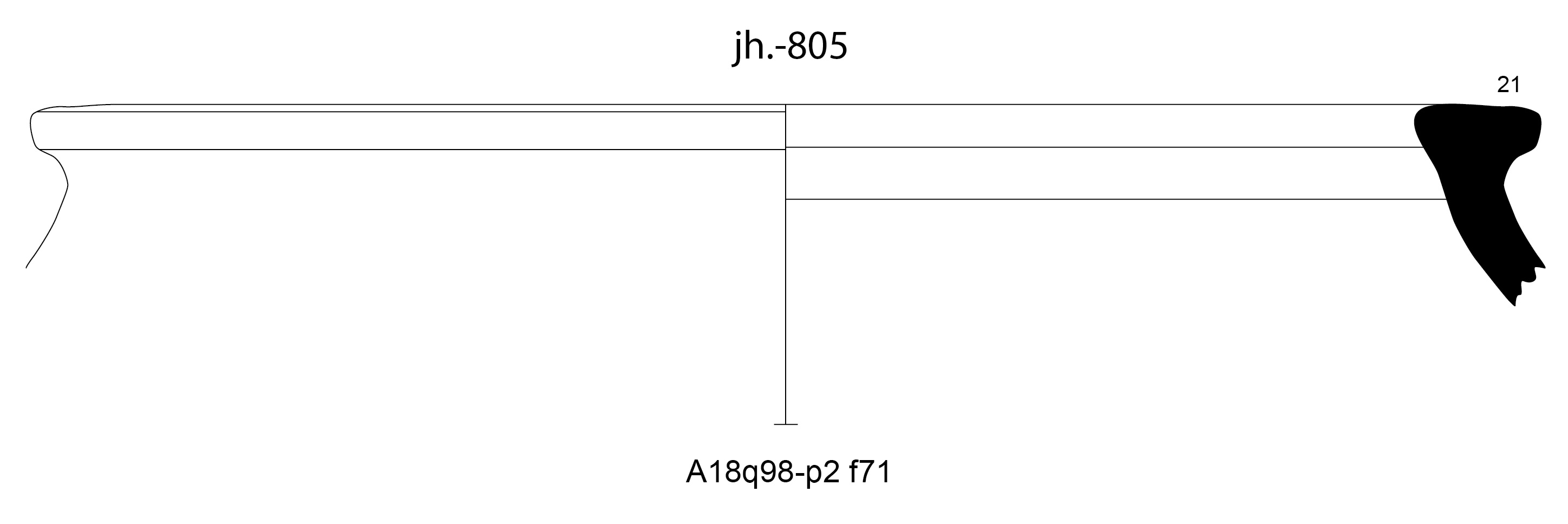
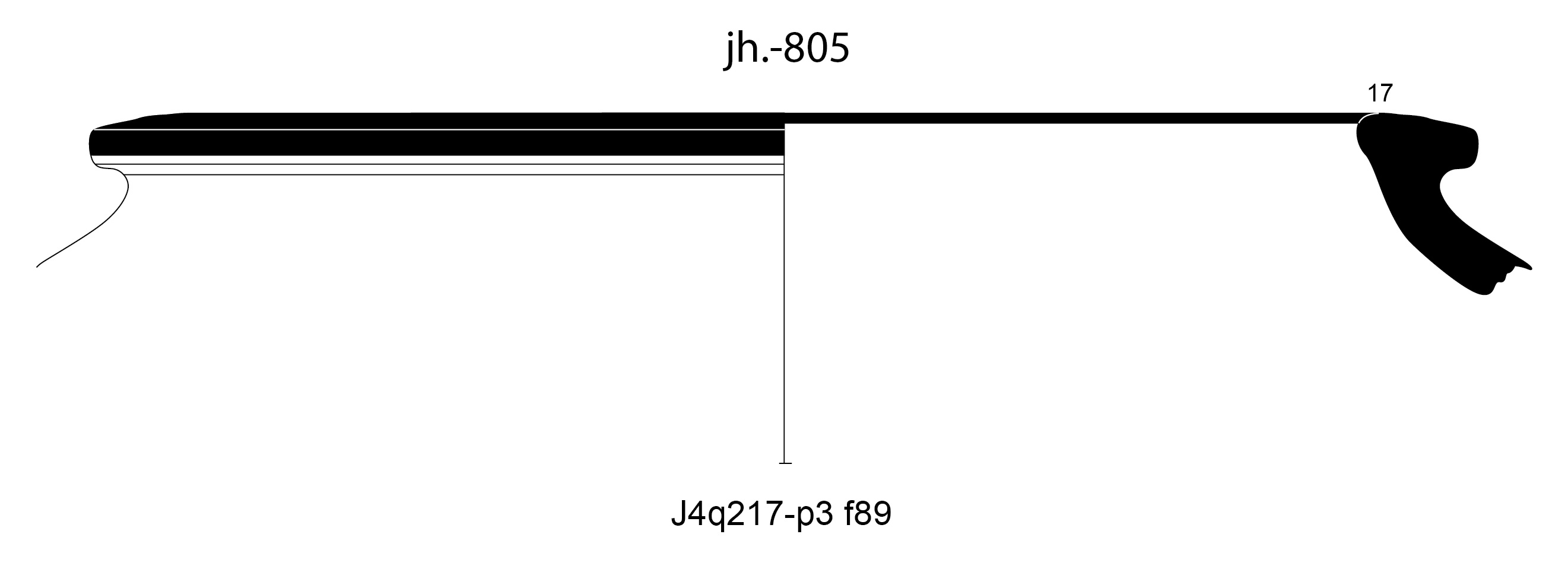
|
| jh.-806 | 

|
| jh.-807 | 
|
| jh.-808 | 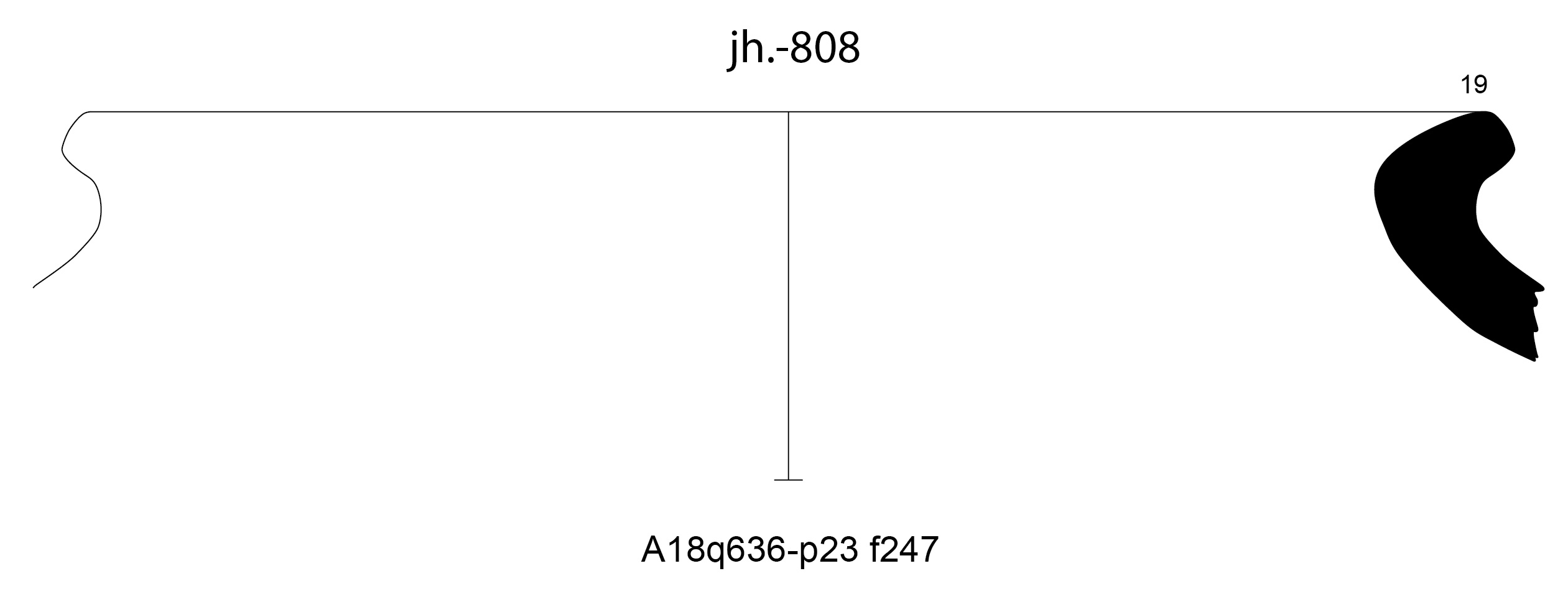
|
| jh.-809 | 
|
| jh.-810 | 
|
| jh.-811 | 
|
| jh.-812 | 
|
| jh.-813 | 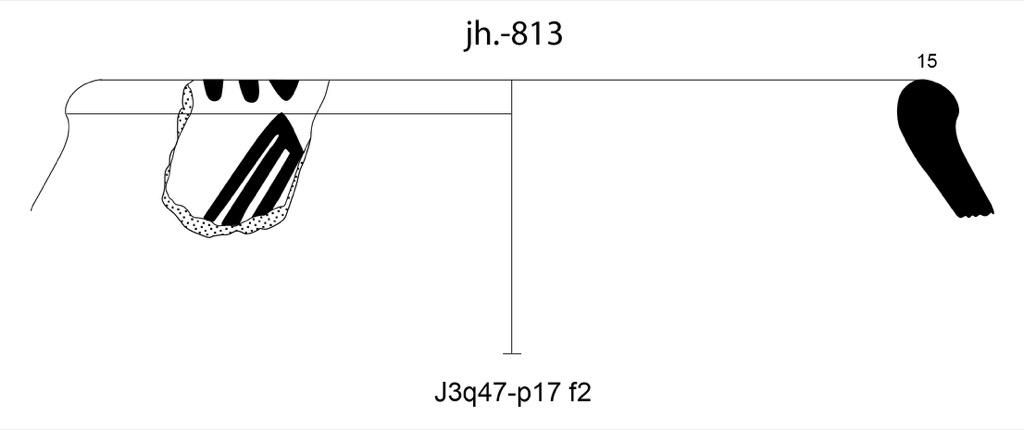
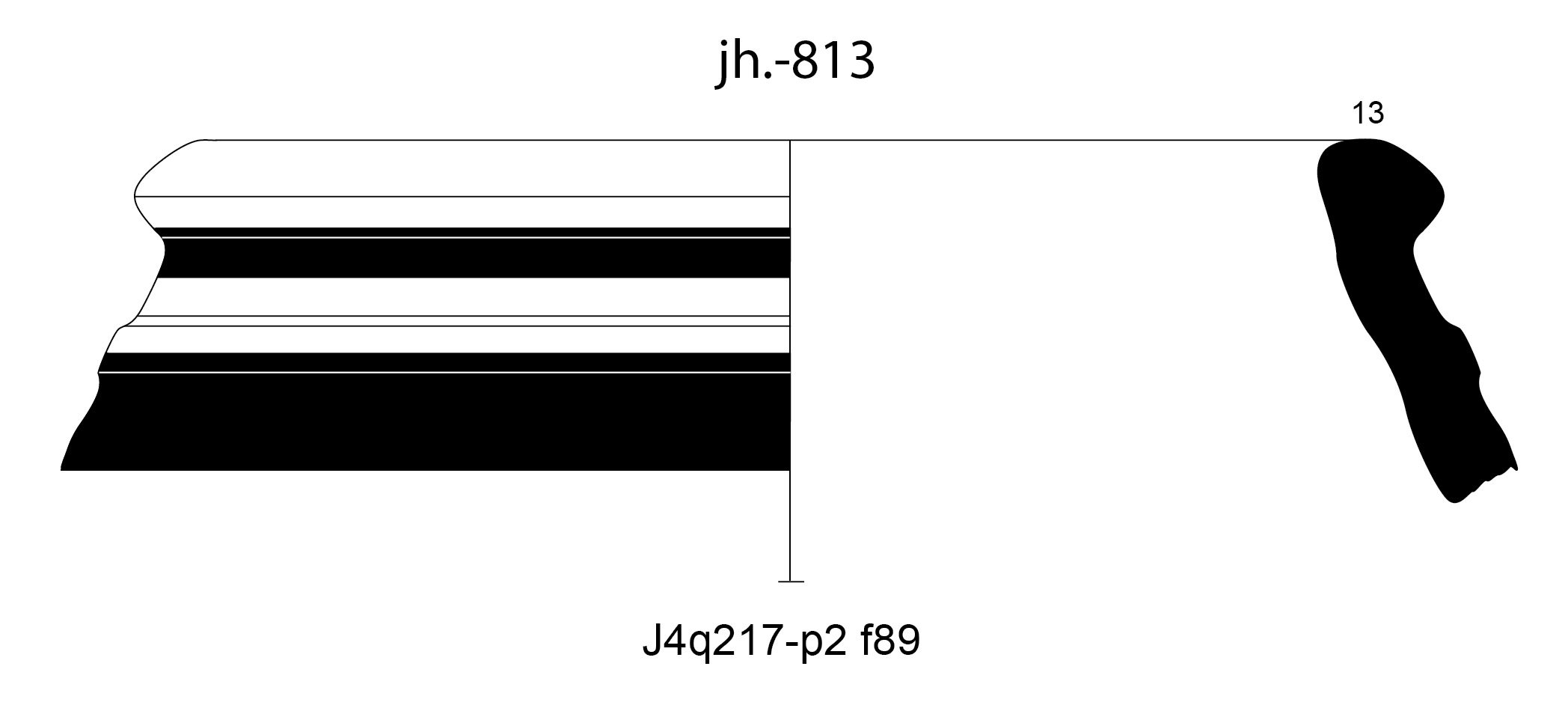
|
| jh.-814 | 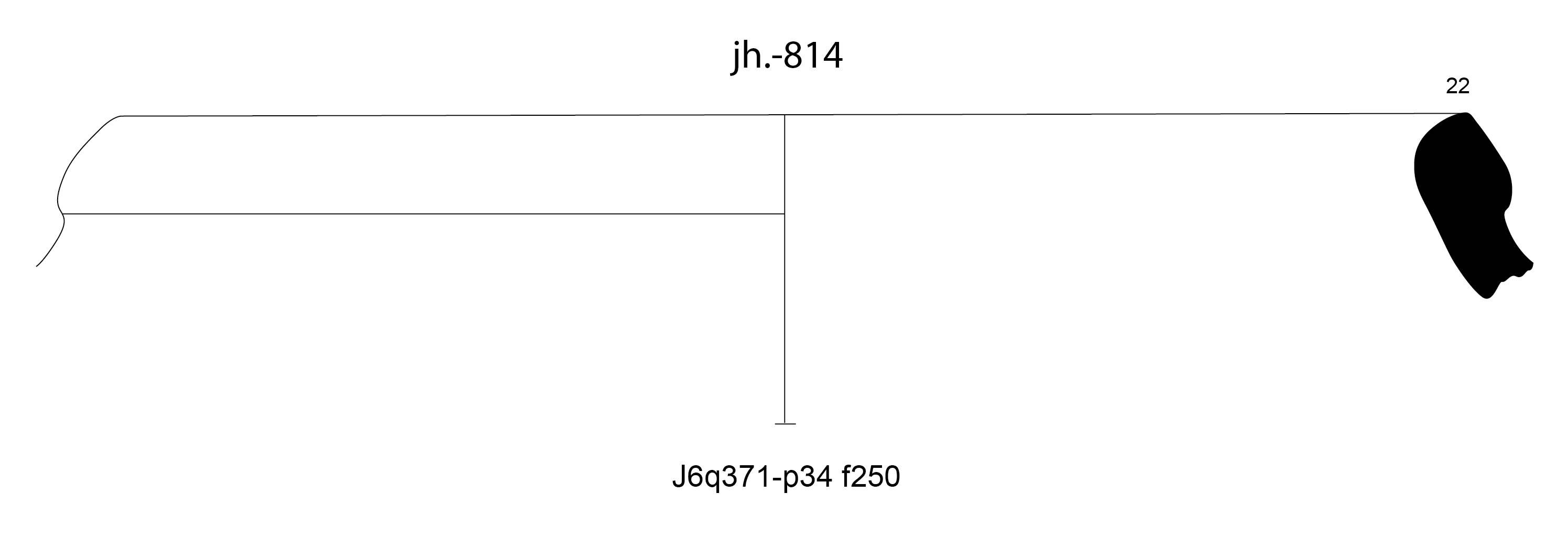
|
| jh.-816 | 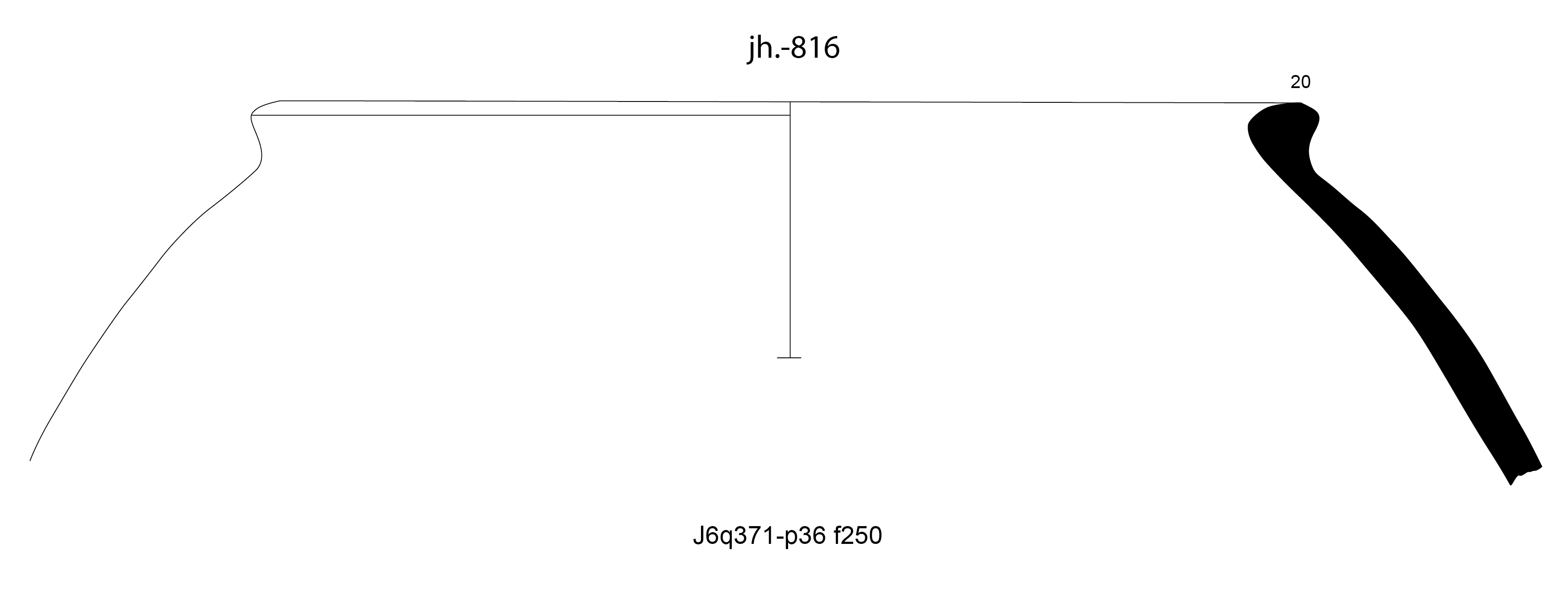
|
| jh.-901 |
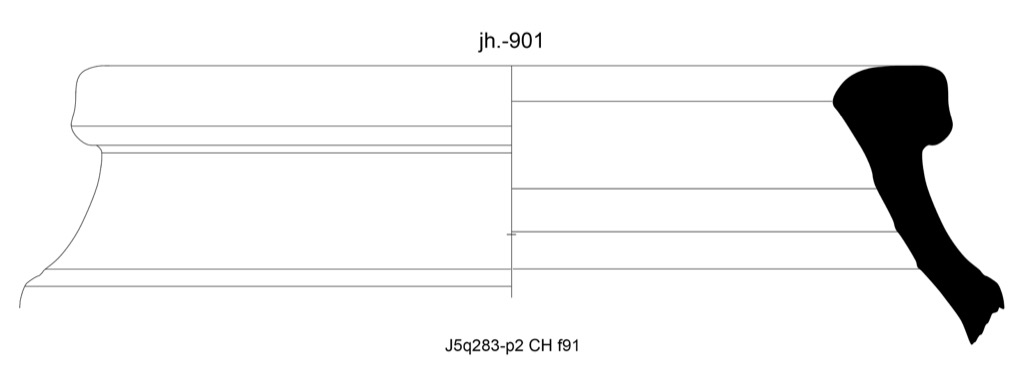
|
| jh.-902 | 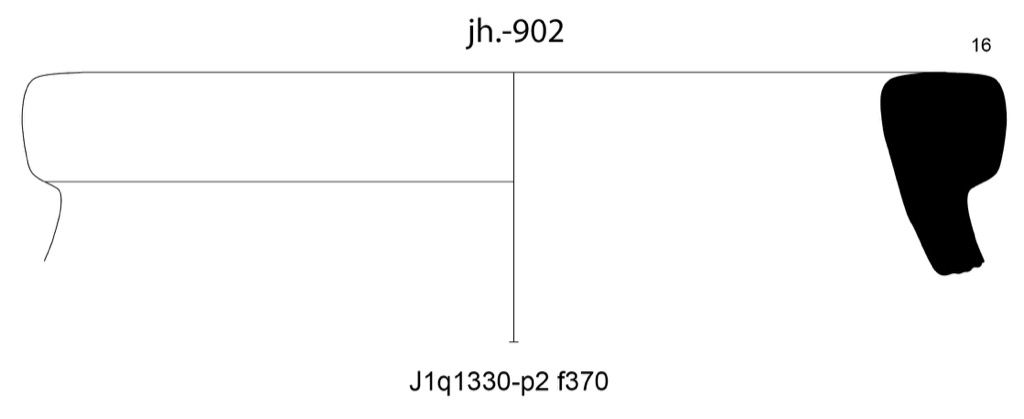
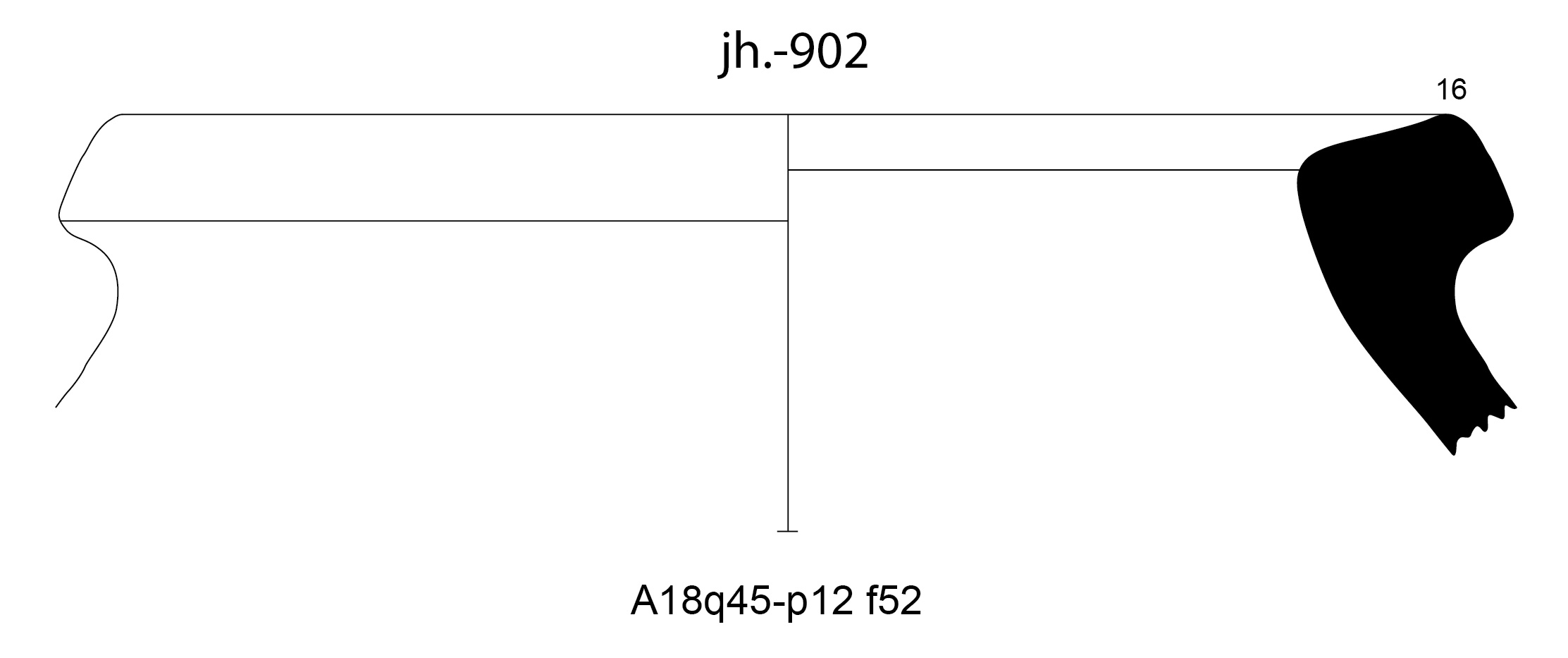
|
Back to top: Jars
Necked Jars
Back to top: Jars
Straight necked jars
| jn.s801 | 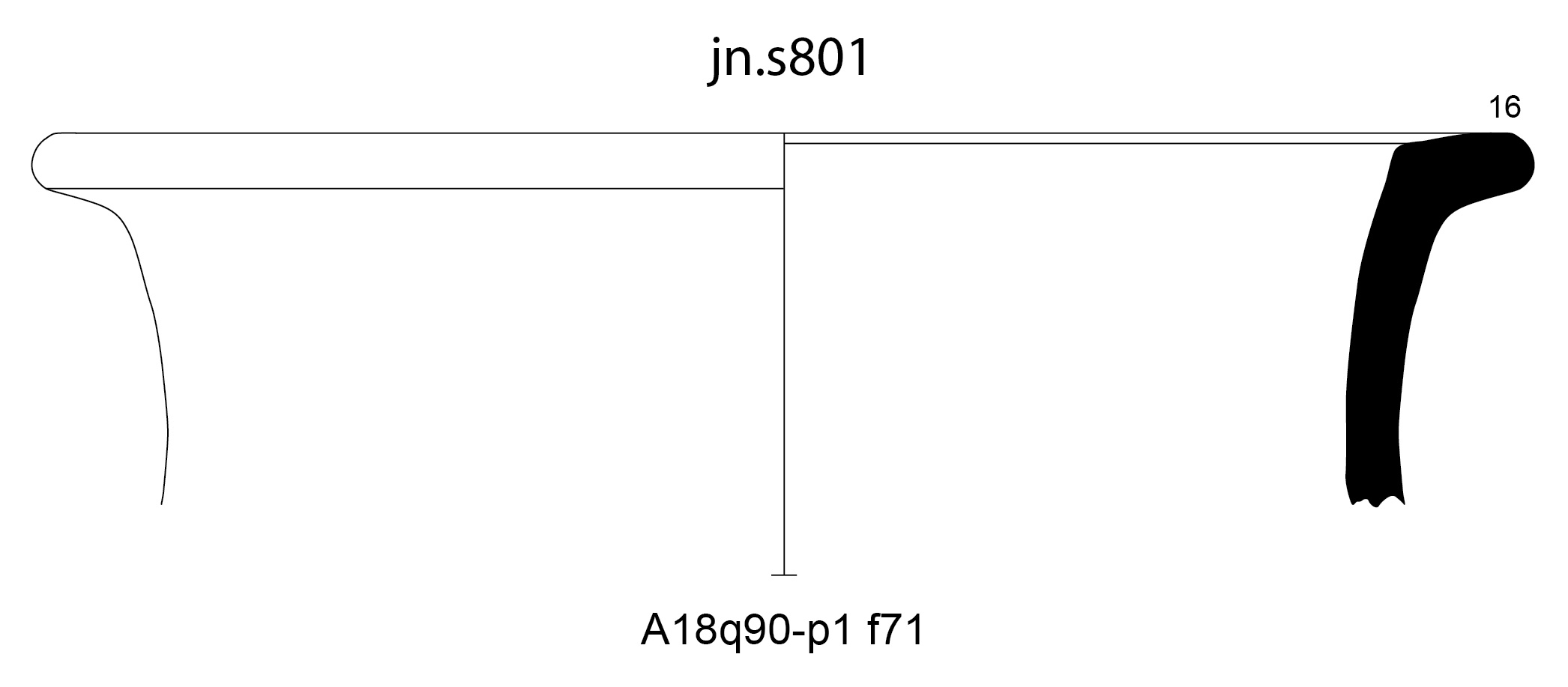
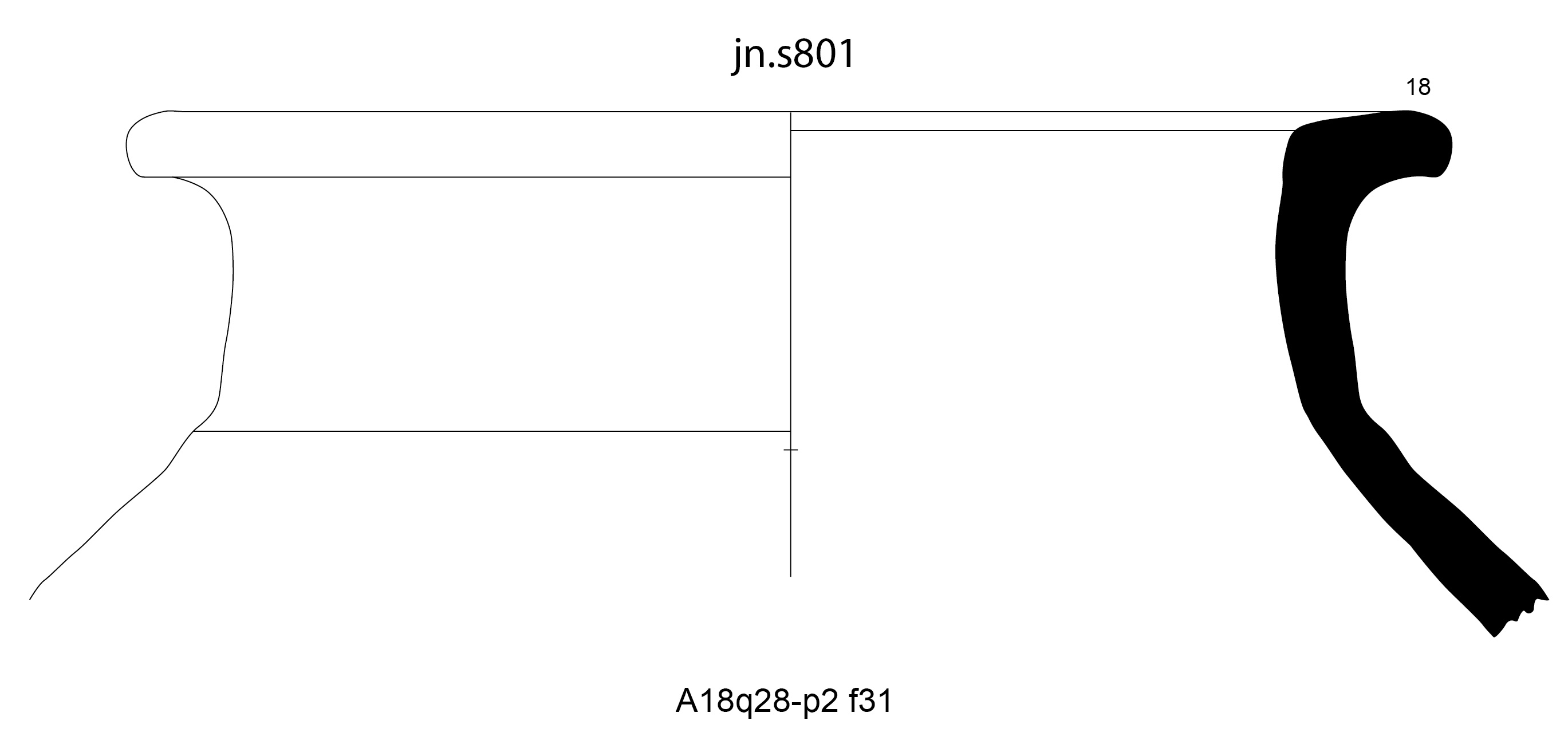
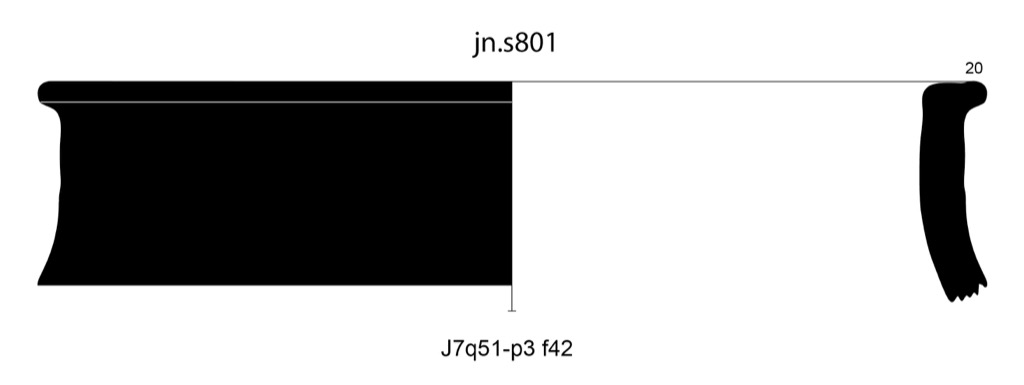
|
| jn.s802 | 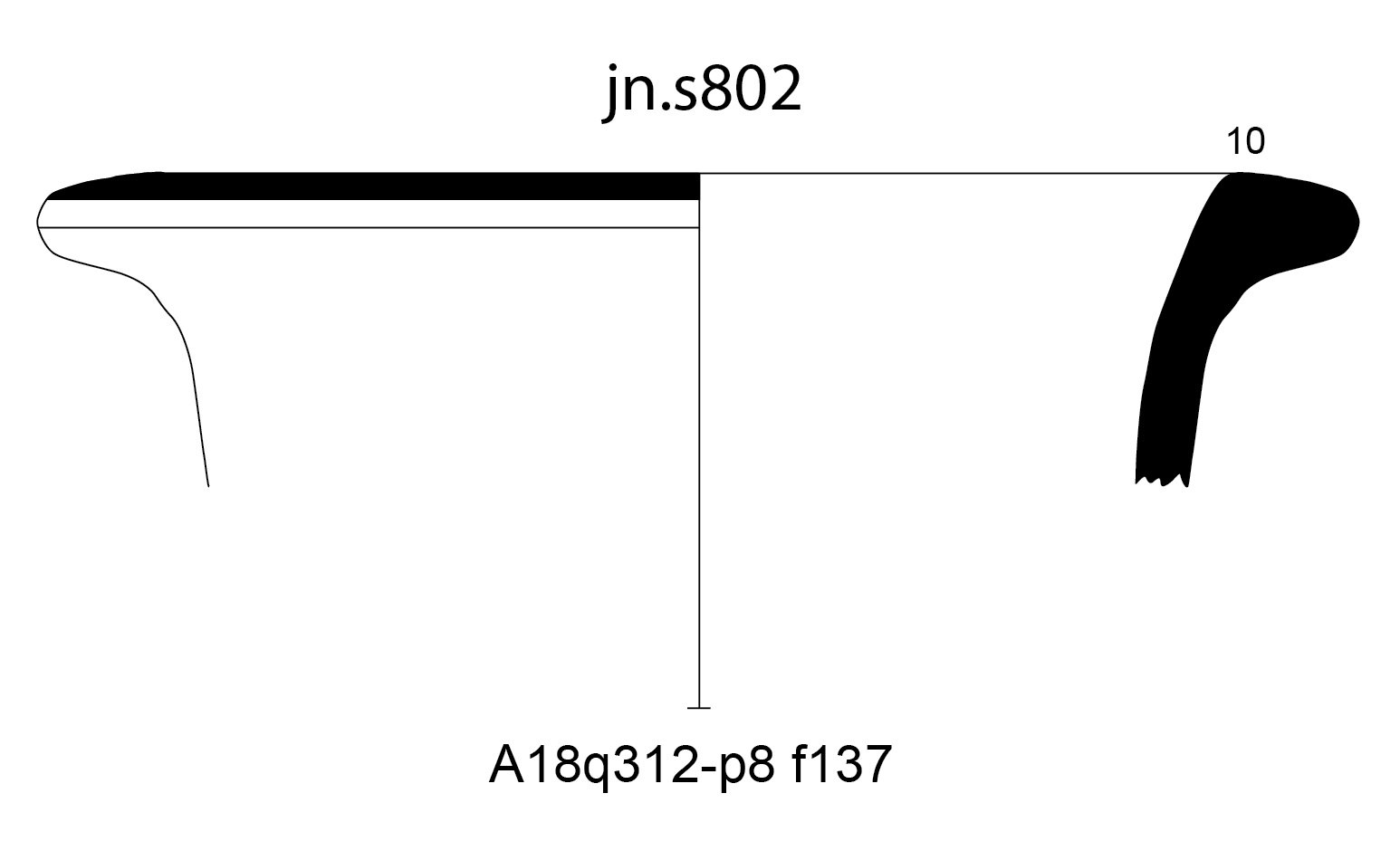
|
| jn.s803 | 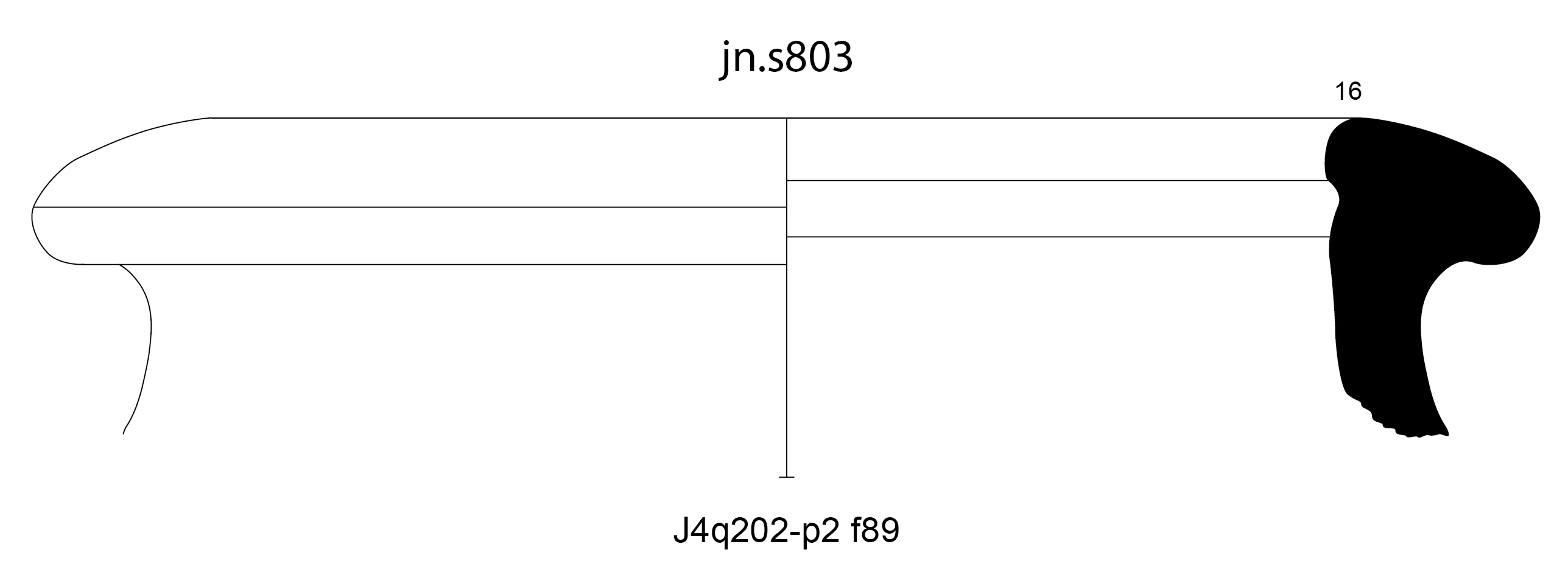
|
Back to top: Jars
Flaring necked jars
| jn.f801 | 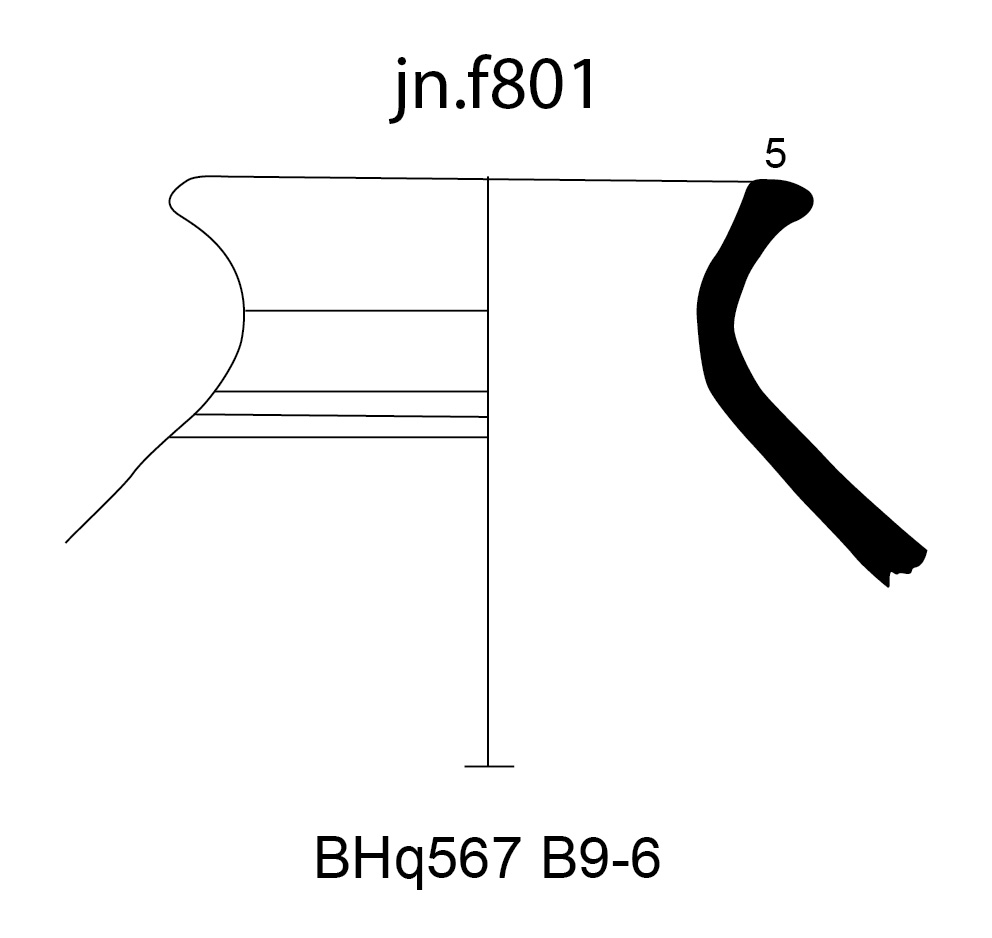
|
| jn.f802 | 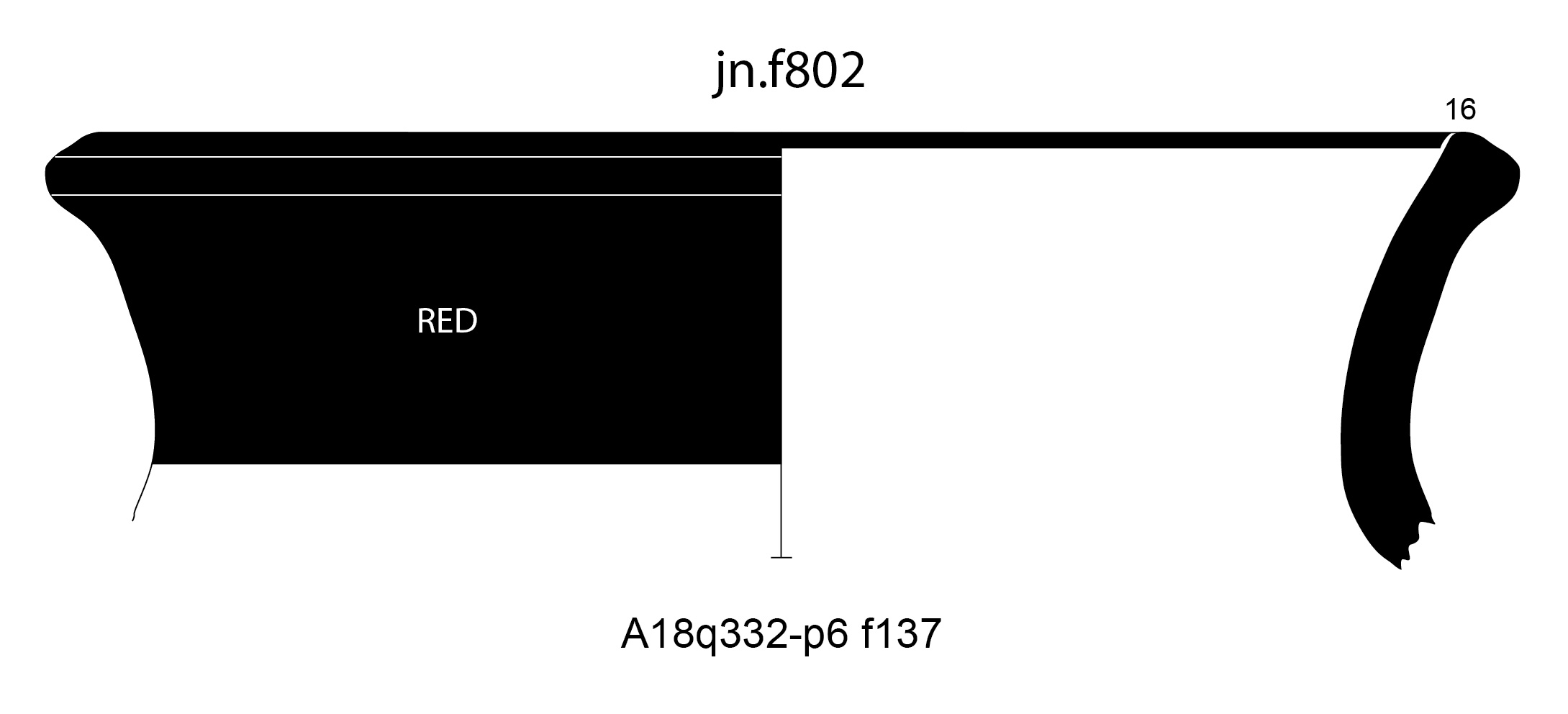
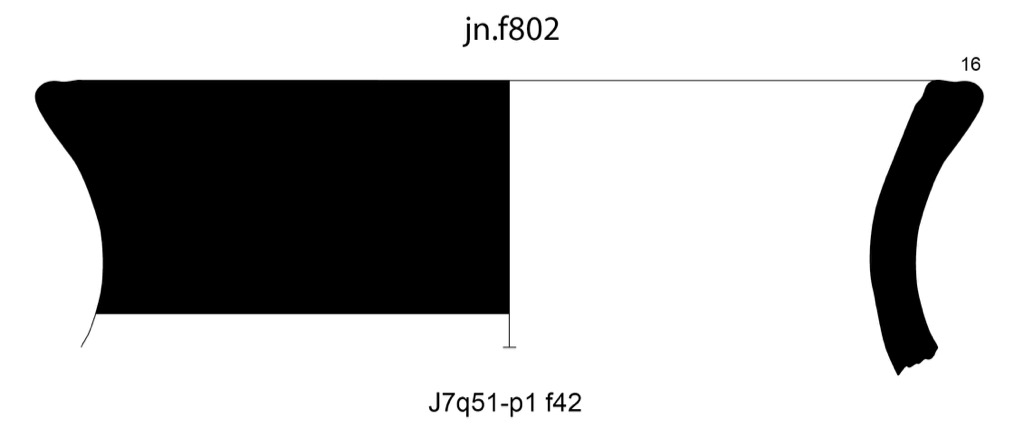
|
| jn.f803 | 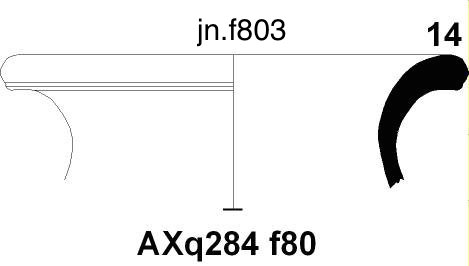
|
| jn.f804 | 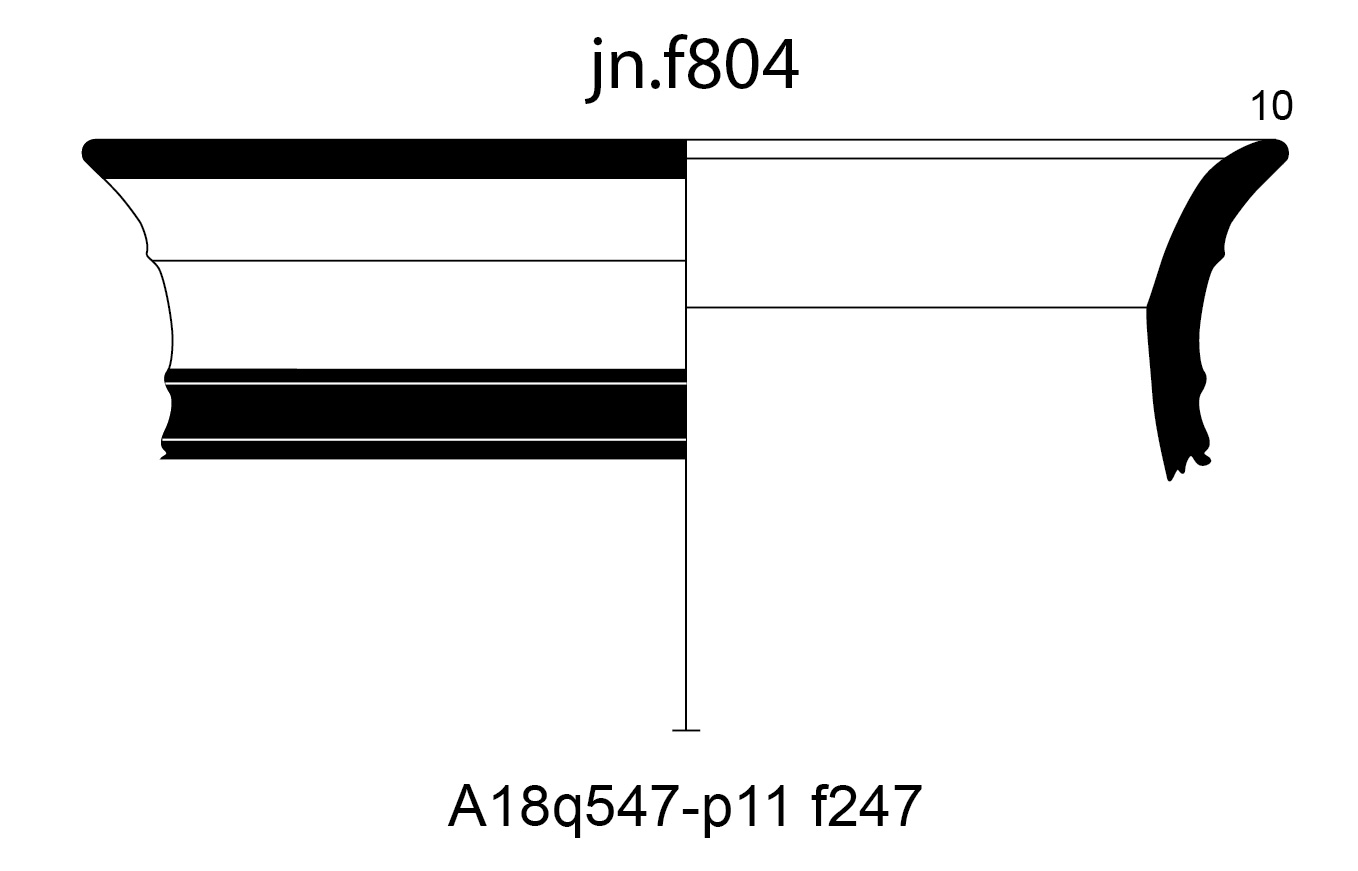
|
| jn.f805 | 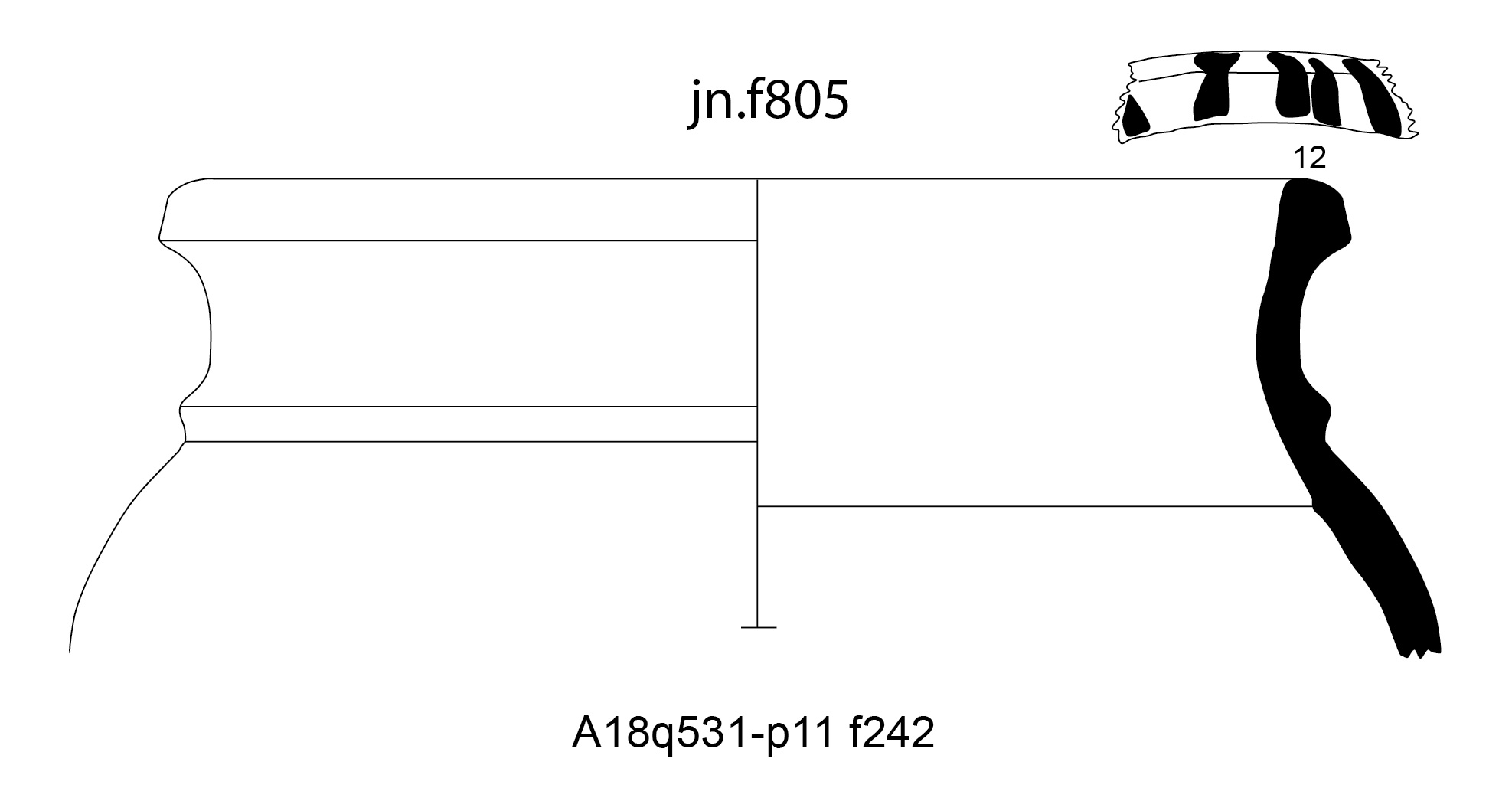
|
| jn.f806 | 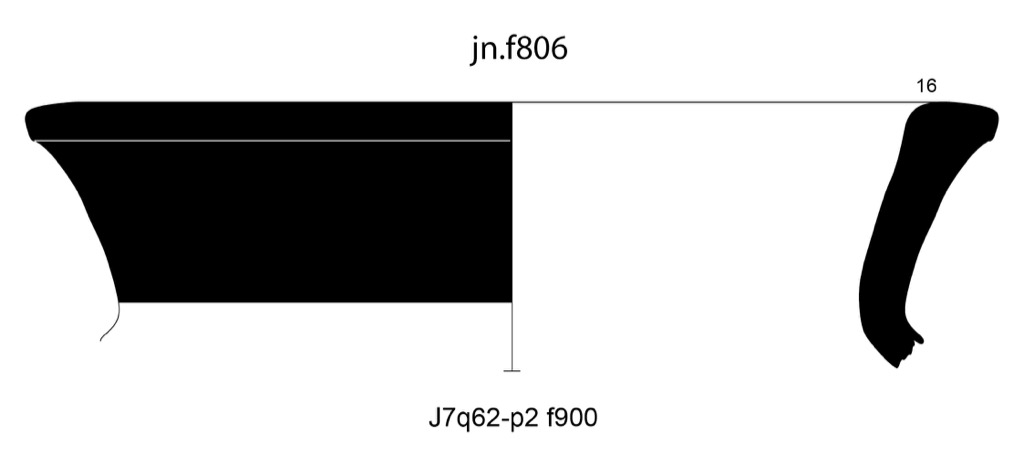
|
| jn.f808 | 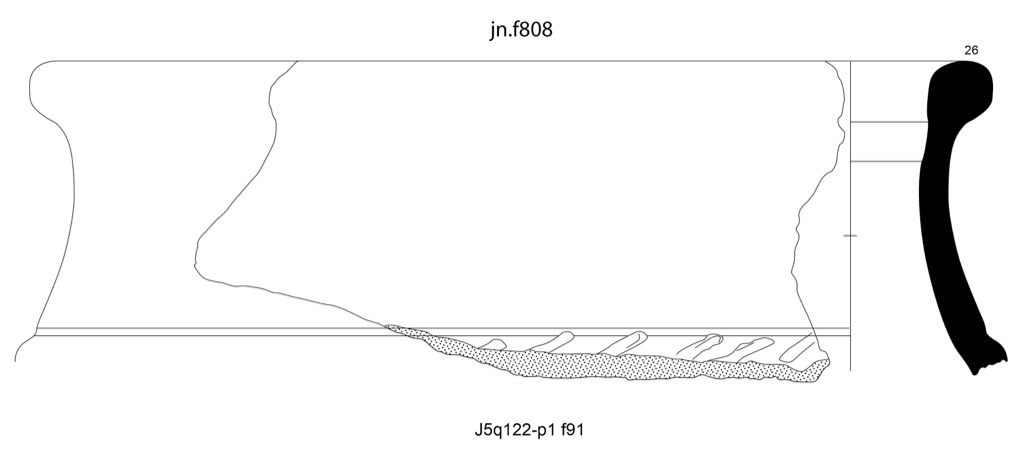
|
| jn.f902 | 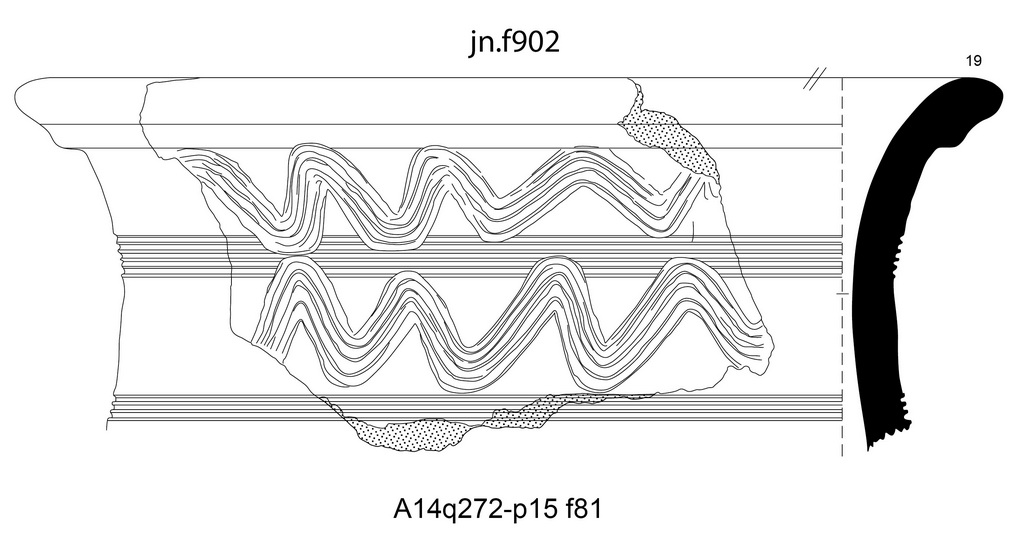
|
Back to top: Jars
Other Jars
| jo.-801 | 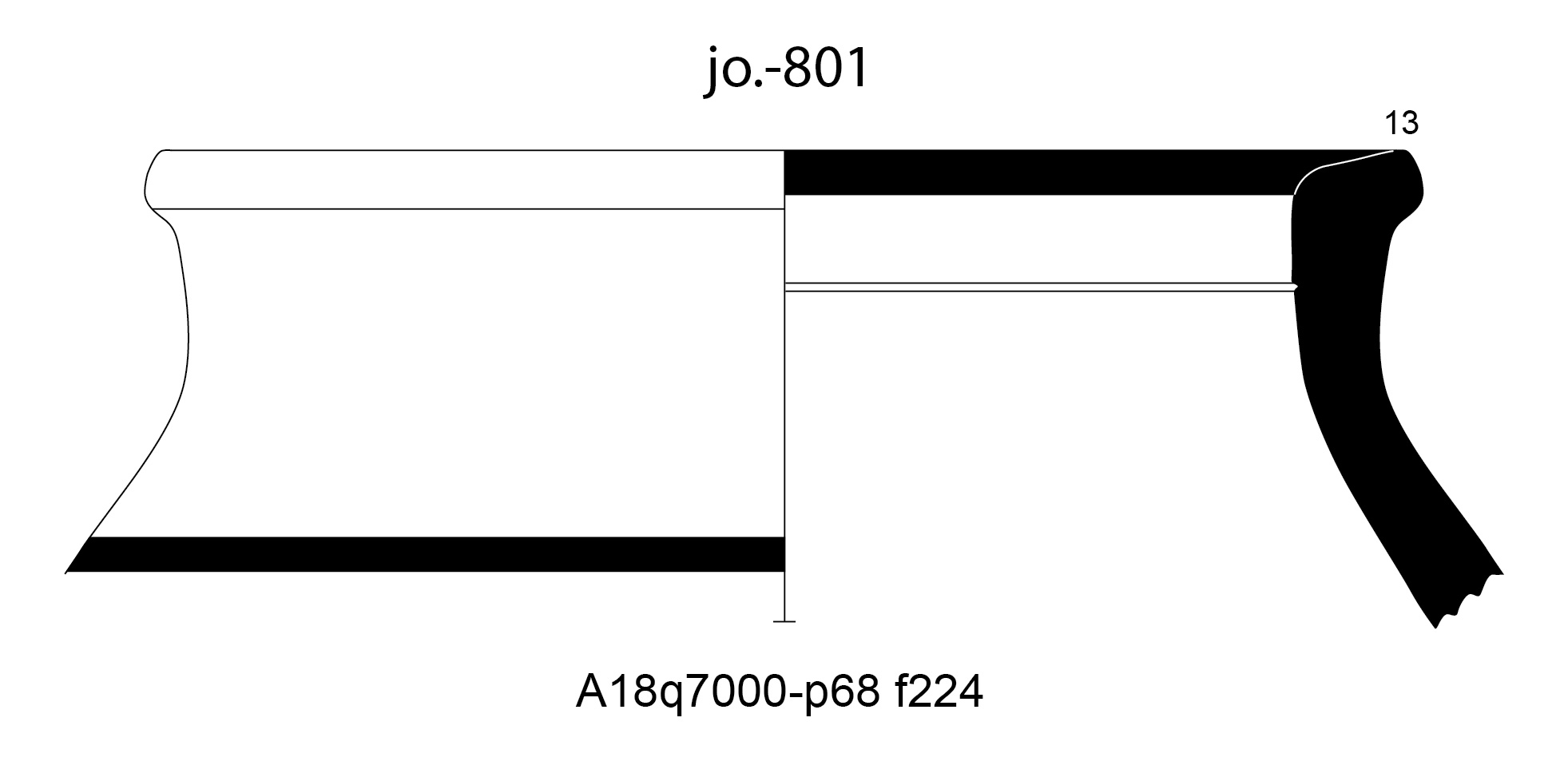
|
| jo.-802 | 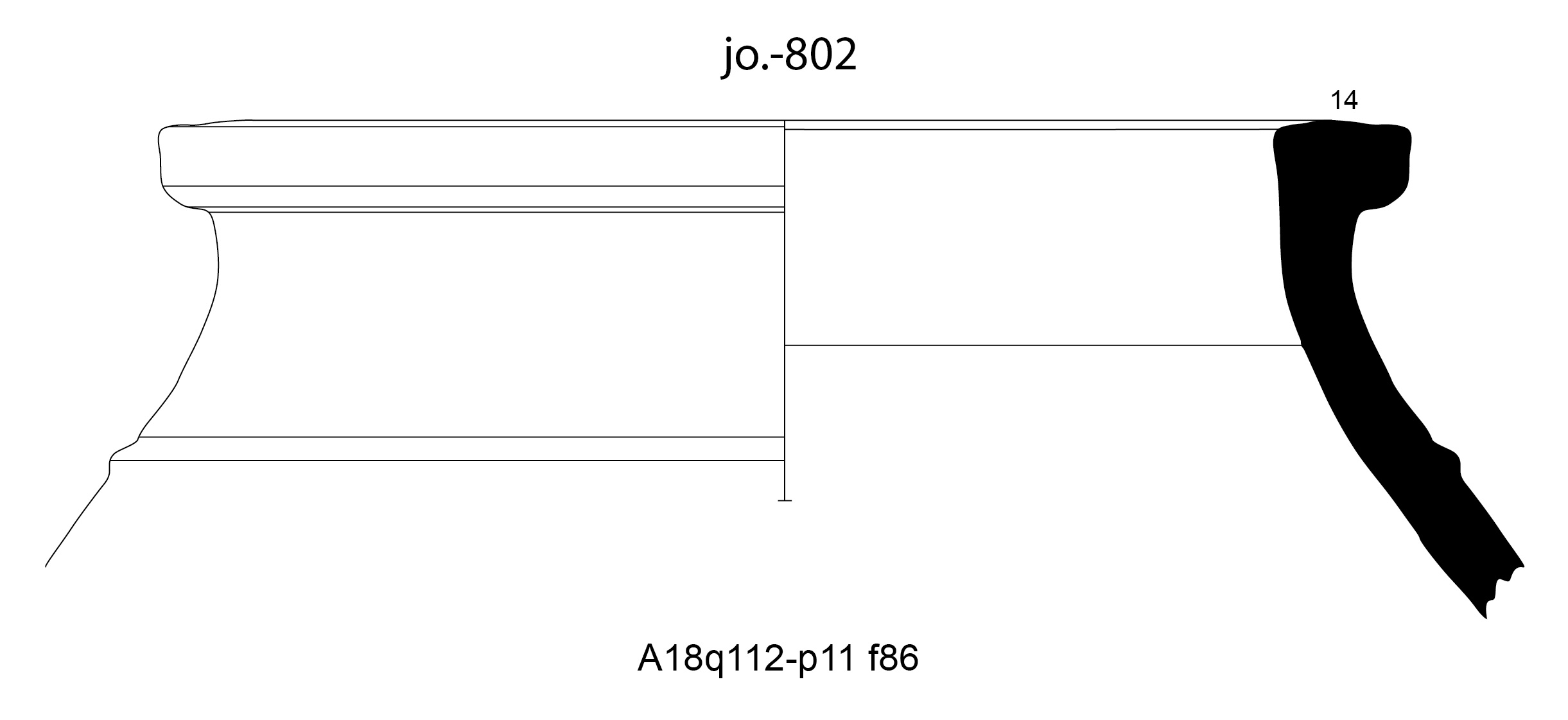
|
| jo.-803 | 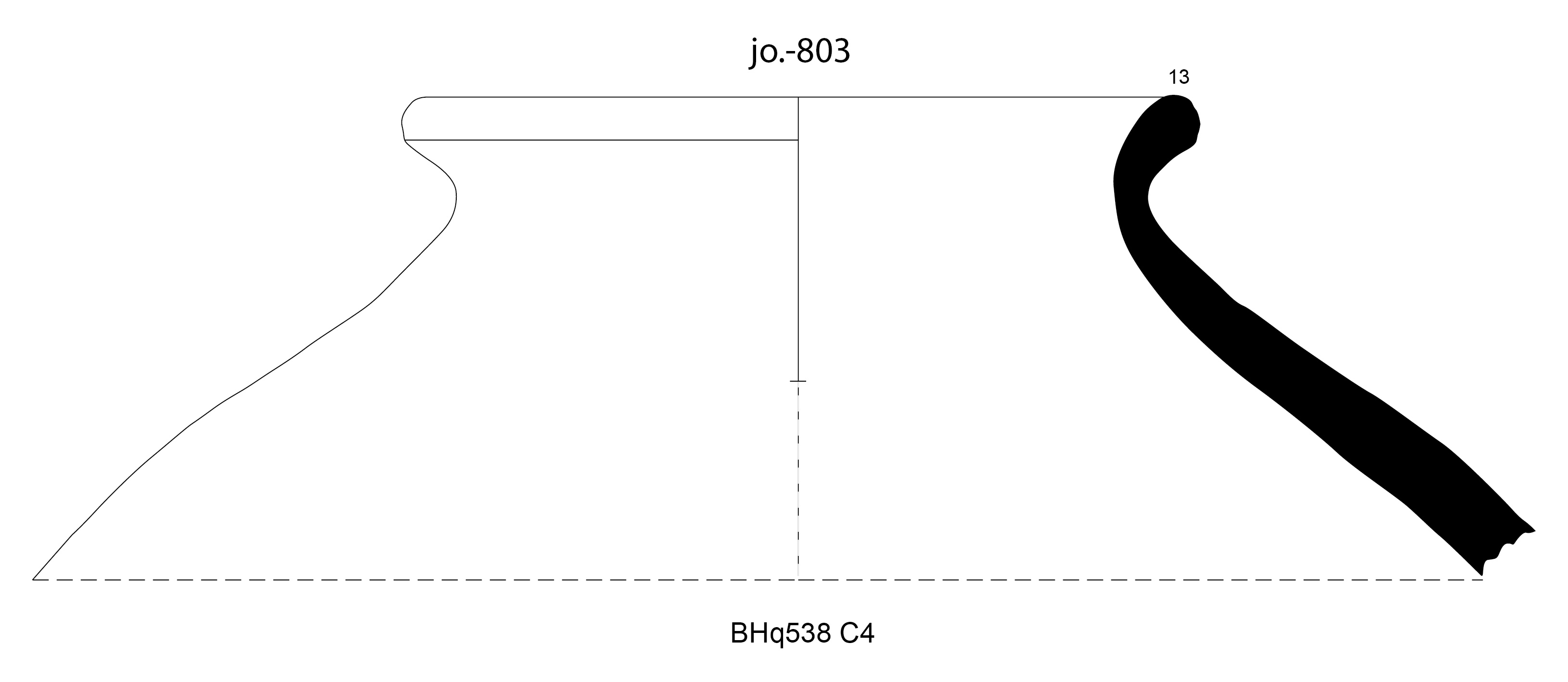
|
| jo.-804 | 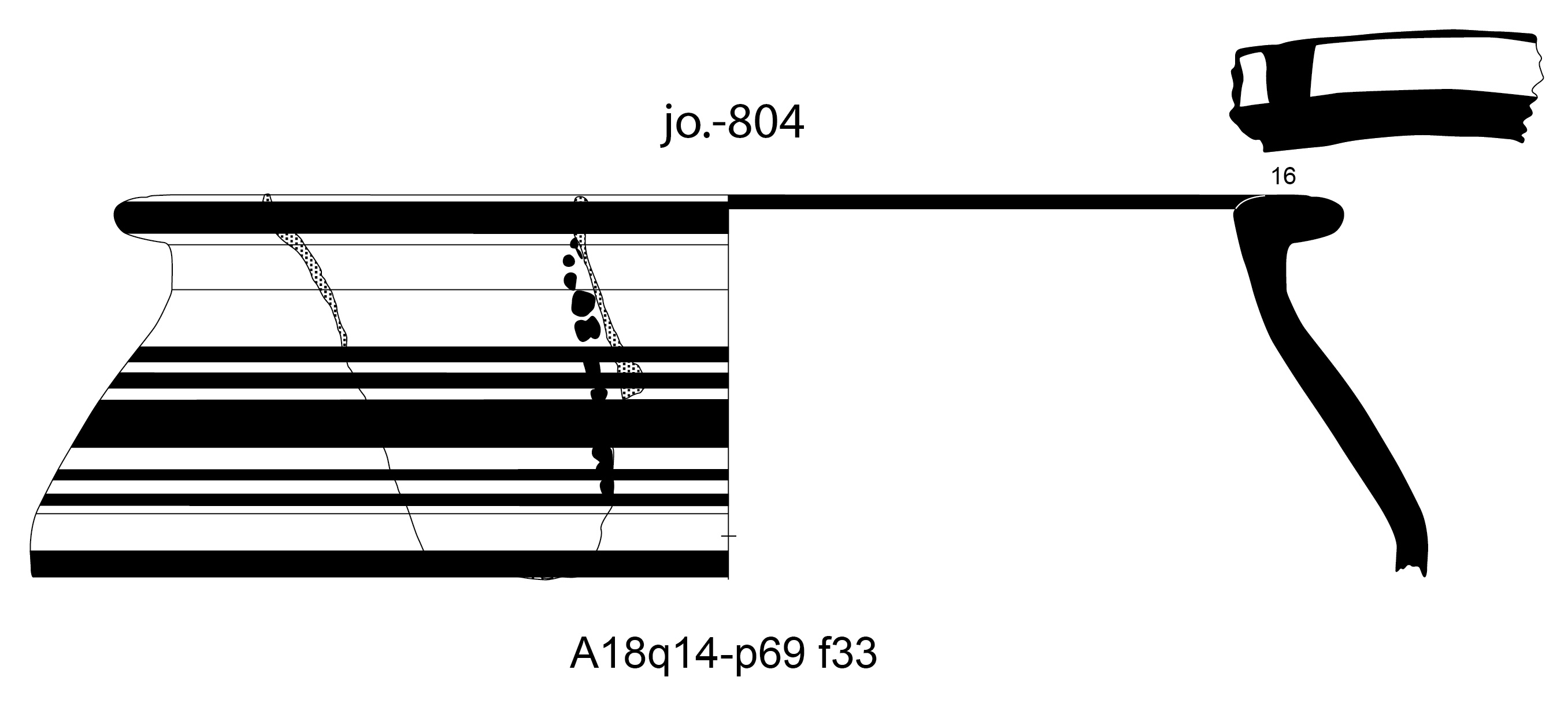
|
| jo.-805 | 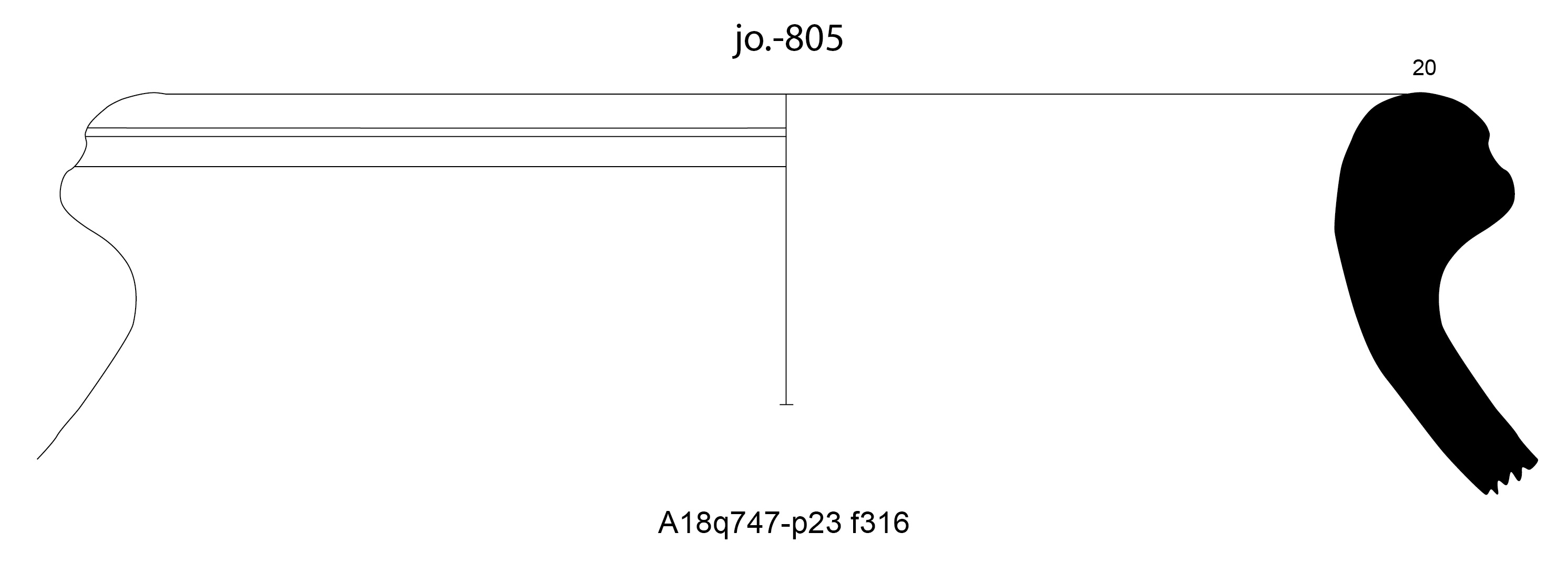
|
| jo.-806 | 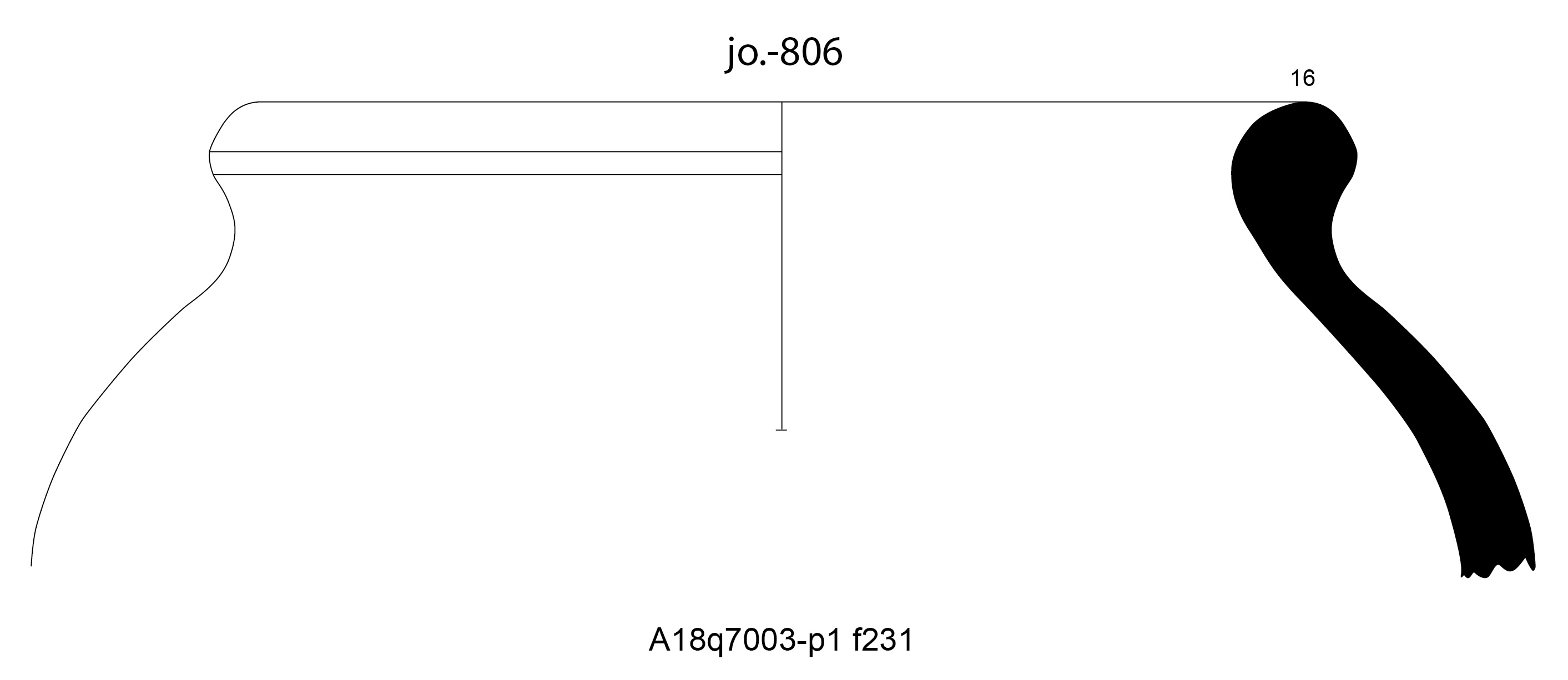
|
| jo.-807 | 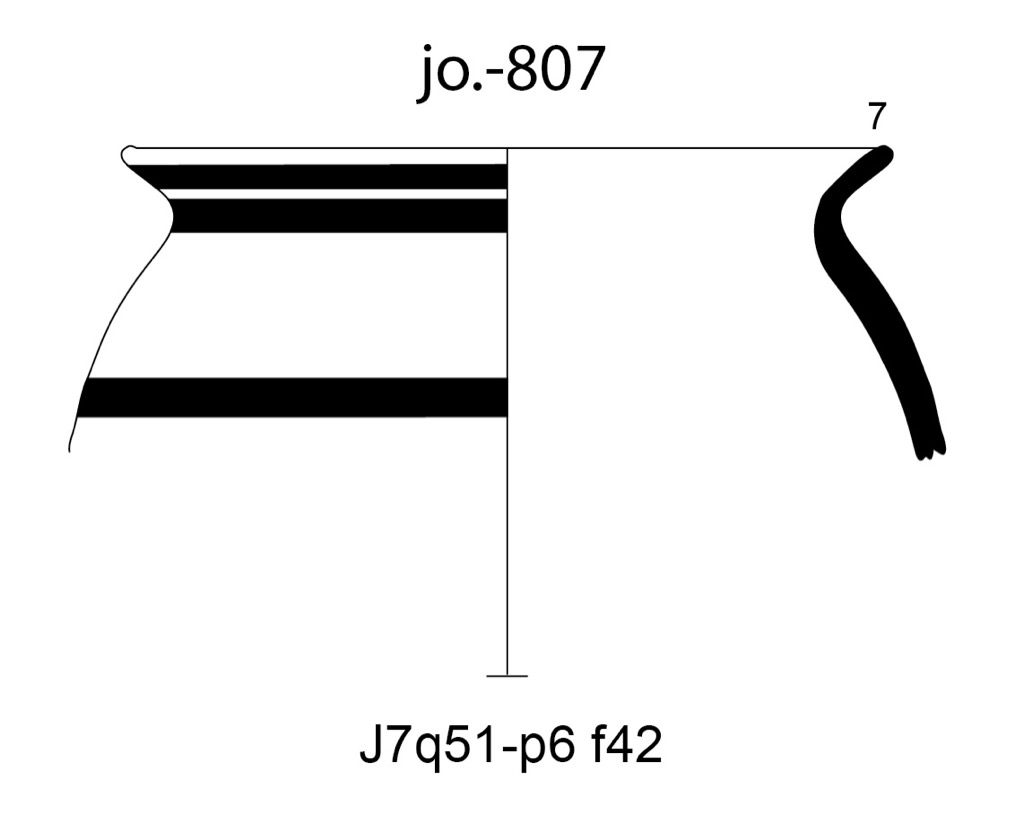
|
| jo.-810 | 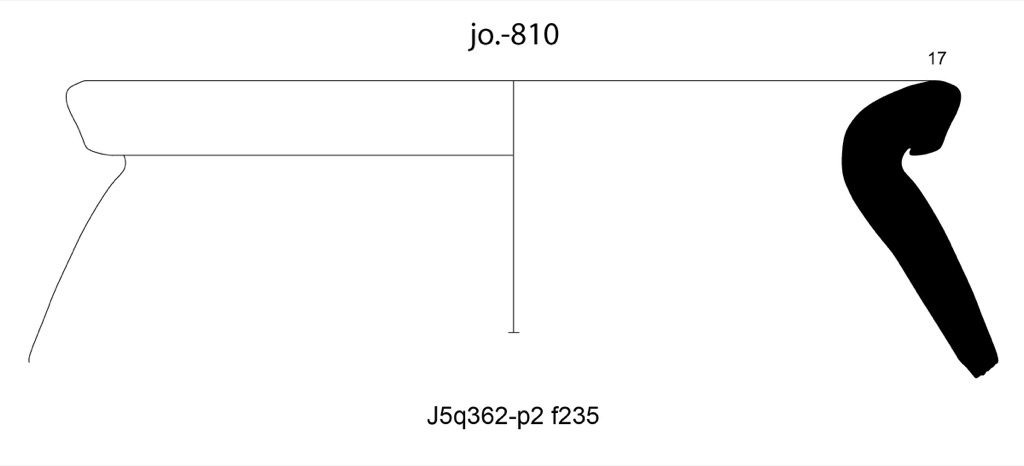
|
| jo.-811 | 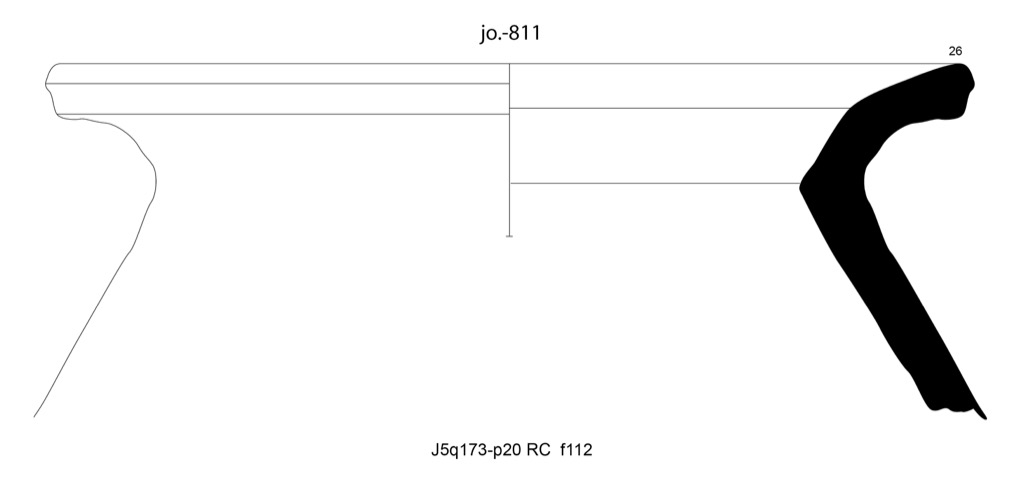
|
| jo.-812 | 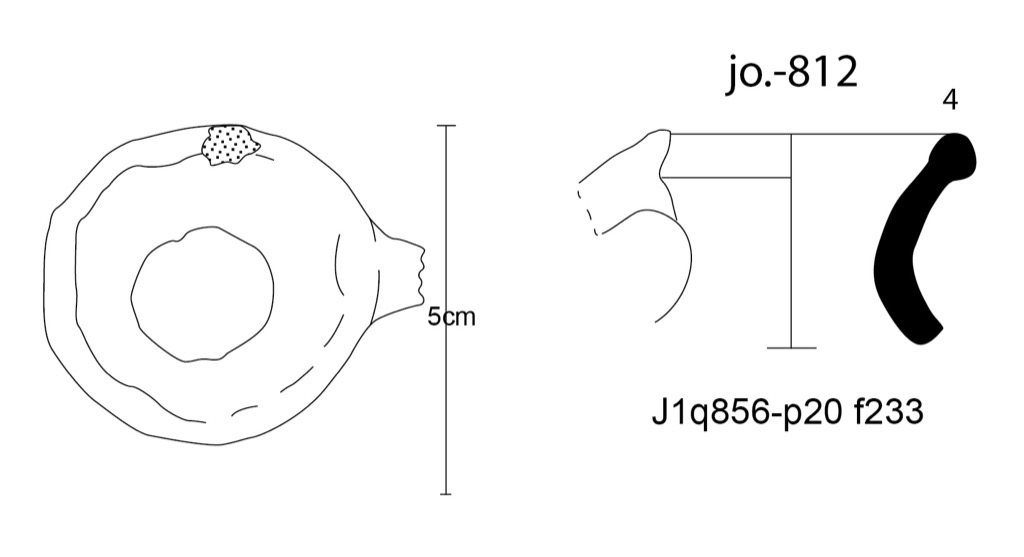
|
| jo.-813 | 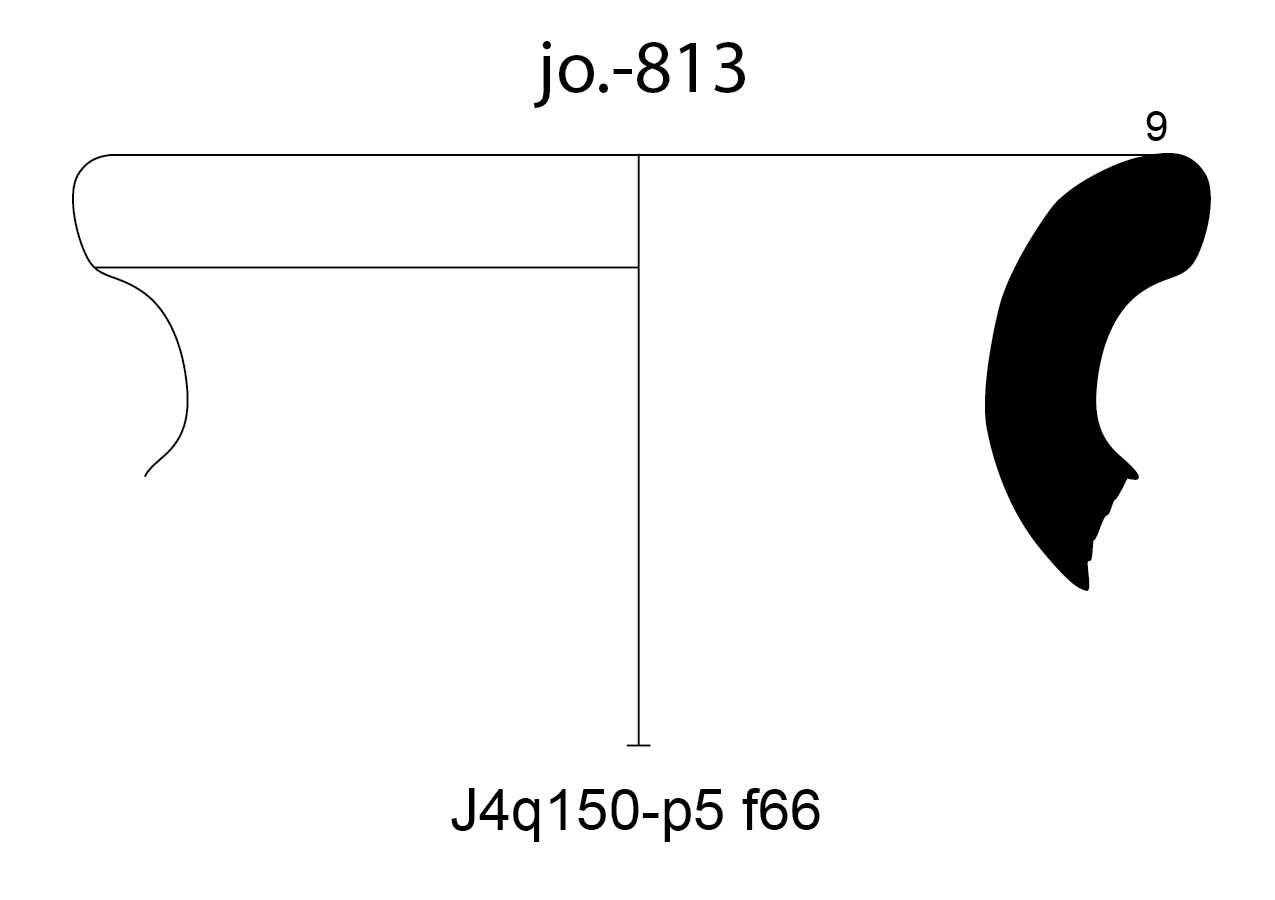
|
| jo.-814 | 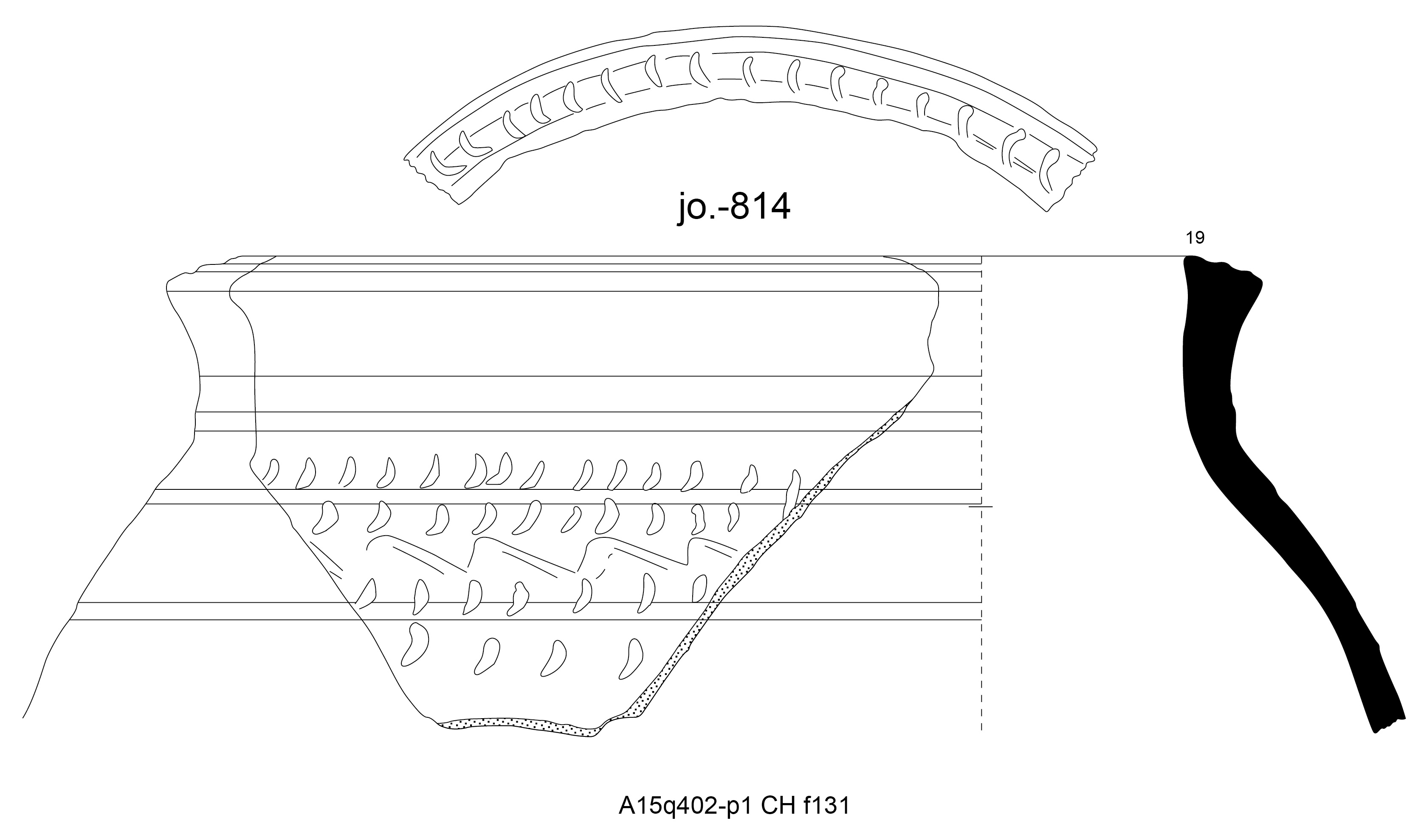
|
| jo.-815 | 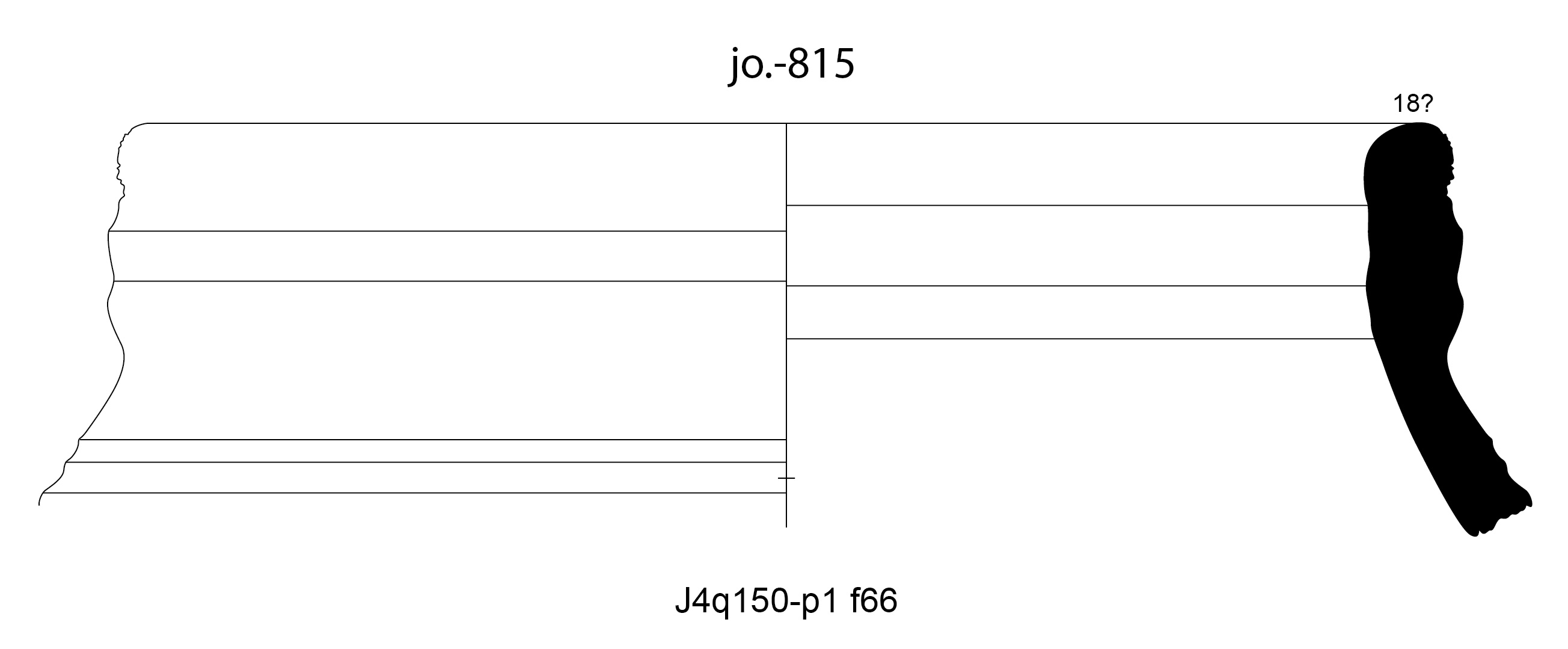
|
| jo.-816 | 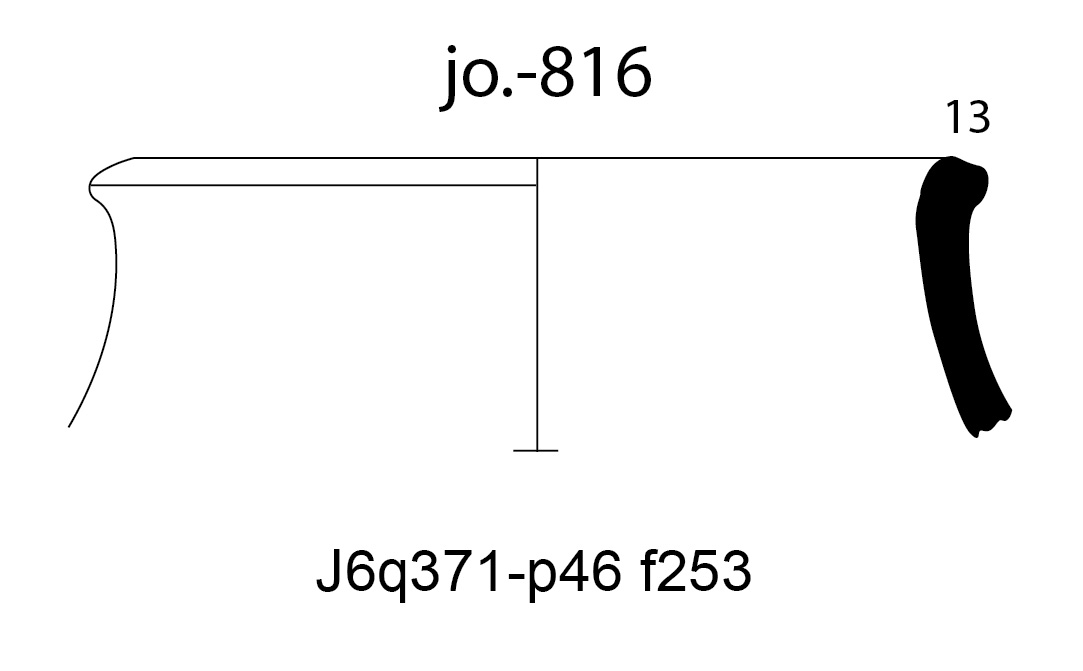
|
| jo.-817 | 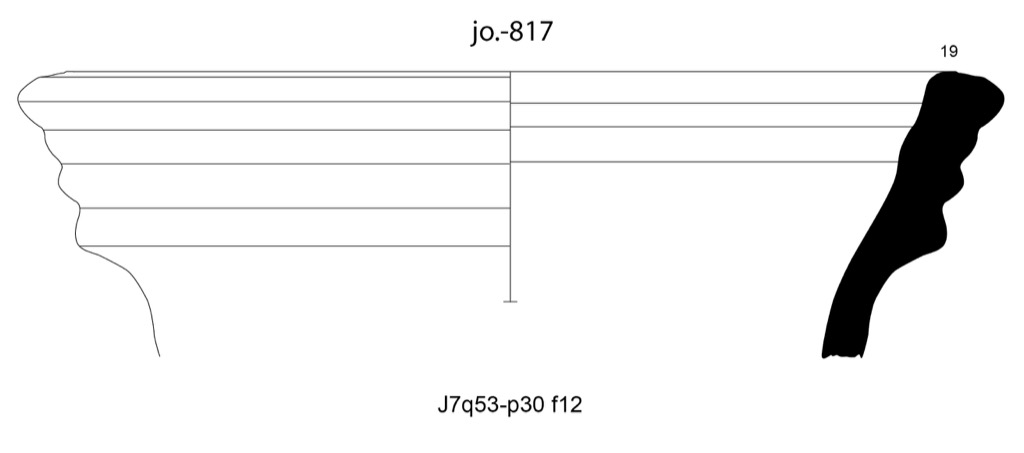
|
| jo.-818 | 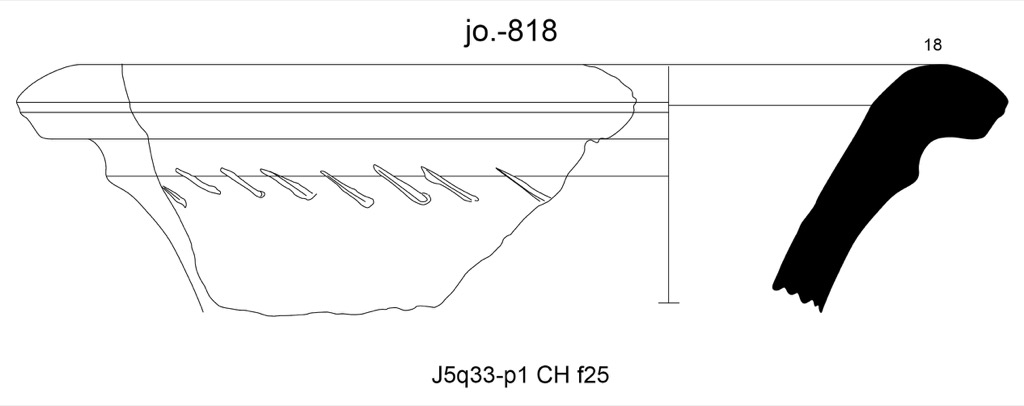
|
| jo.-819 | 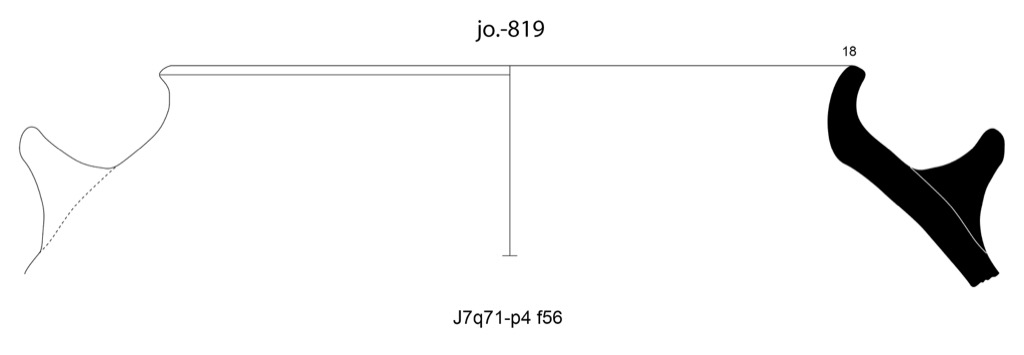
|
| jo.-901 | 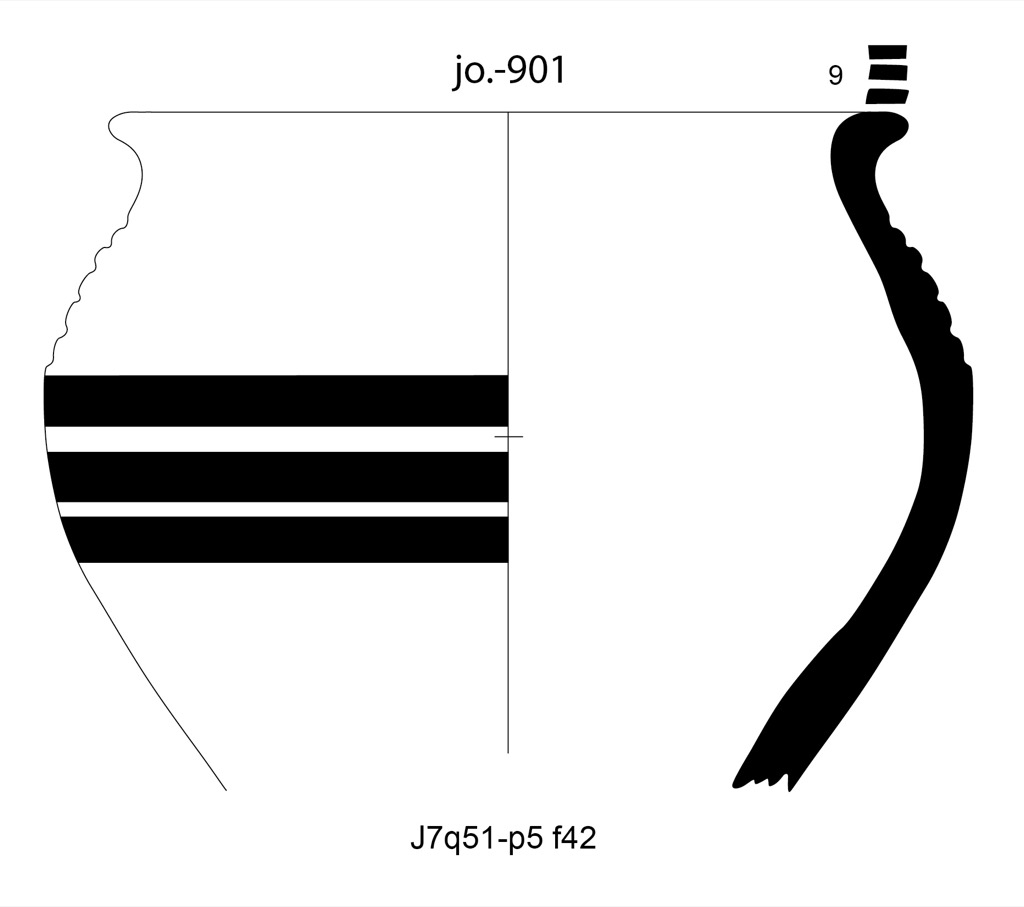
|
Back to top: Jars
